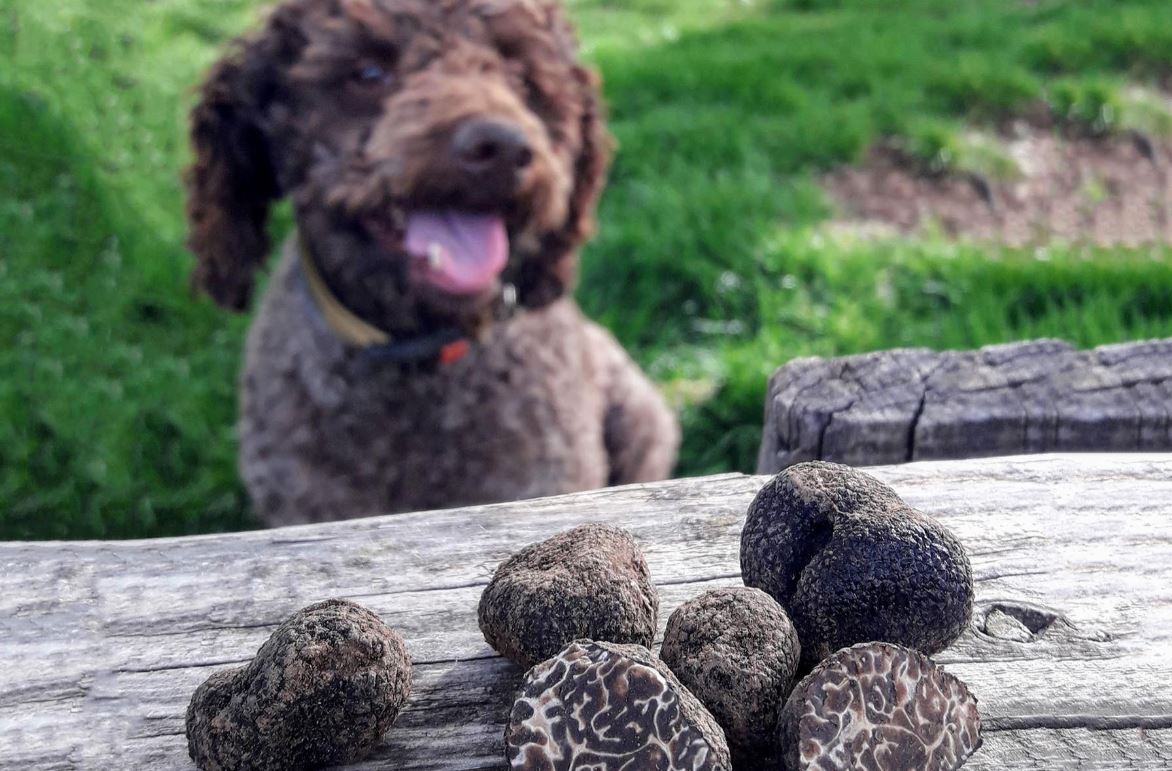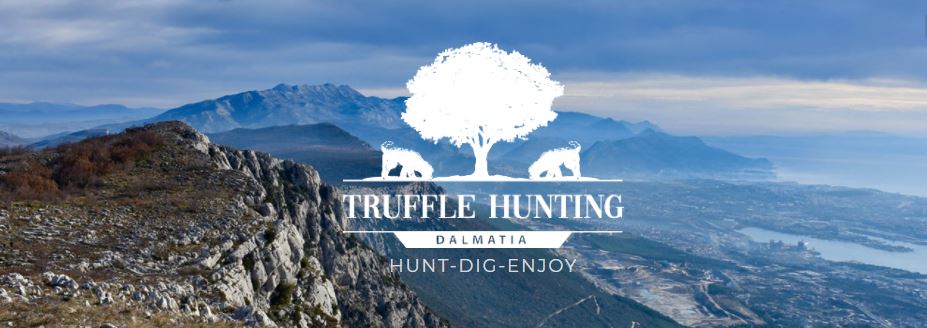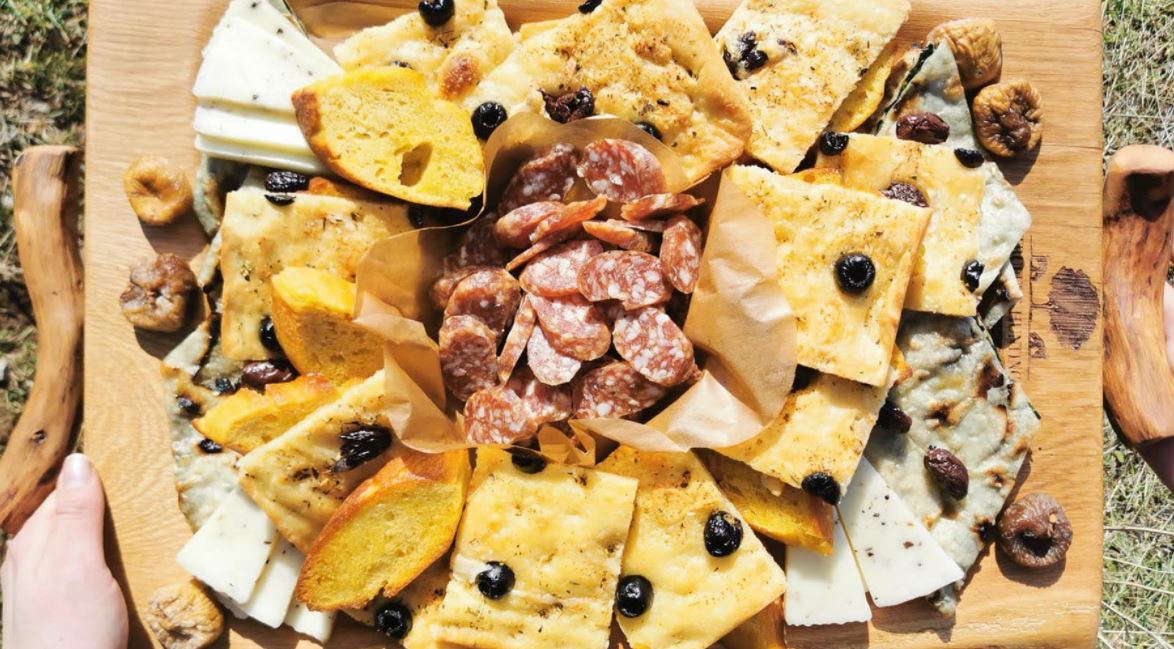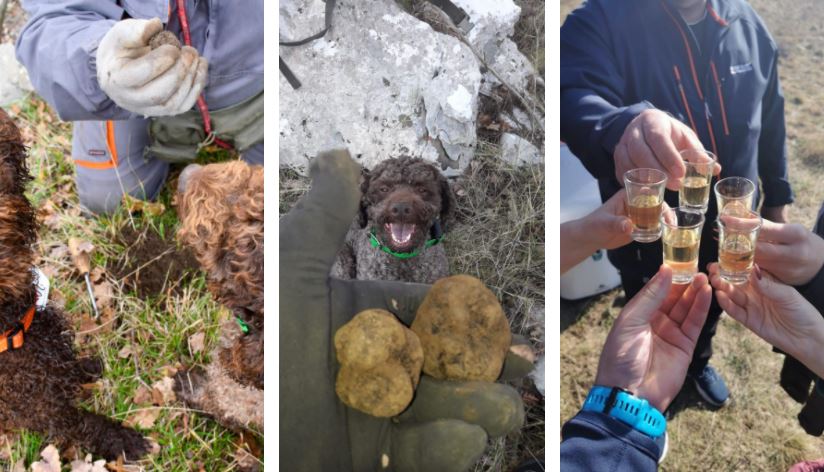VIDEO Peljesac Bridge Makes Giant Progress Leap With Land Connection
February 16, 2021 – The future of Croatian travel is almost here! In this brand new video Peljesac Bridge's gigantic horizontal sections are installed, joining the land to colossal sea pillars and bringing to life a project so mammoth it was previously difficult to visualise
The Peljesac Bridge project is so huge, it hasn't been easy to imagine just how it will look. Even after seeing all the plans, maps, computer-generated graphics and the imported parts arriving the bridge will be so vast, so important, so revolutionary for Croatia, visualisation of how life will look on the other side has been hard. Until now.
In this brand new video Peljesac Bridge's gigantic horizontal sections are installed, joining the land to colossal pillars standing steadfast within the brilliant blue of the Adriatic sea. We can finally see in the video Peljesac Bridge coming to life, taking shape and how connectivity to southern Dalmatia and its islands will be changed forever.
Explaining Peljesac Bridge's significance and life-changing promise to those not from Croatia can be difficult. Sure, rising 55 metres above the sea and stretching over 2400 metres in length, this is a big bridge. After reeling off the figures, anyone would be sure to agree. But, there are many, much bigger bridges out there.
Vividly illustrating its importance, in this video Peljesac Bridge is seen joining two parts of the Croatian mainland over a vast stretch of sea. On a bright and sunny day there is no interruption of the light glaring down on the project. Within a beautiful backdrop of pristine blue waters and clear, cloudless skies – a sight that will be familiar to all who have visited Croatia – in the video Peljesac Bridge can be seen traversing a topography littered with islands and peninsulas. And, in the background, lies another country altogether – Bosnia and Herzegovina.
The never-ending tailbacks, time-consuming, business-retarding and visitor-annoying border controls required for travel across the thin section of Bosnia and Herzegovina are absent from these February scenes. But, not only are they absent from this video Peljesac Bridge will eliminate them forever. Following the bridge's completion, south Dalmatia, Dubrovnik and its islands, will be just as accessible by road as Split or Makarska. Brought to life by this video Peljesac Bridge progress is more than just taking shape – the future is almost upon us.
Good Progression for Peljesac Bridge Construction, Finished by End of Year?
February the 15th, 2021 - What with coronavirus, a few political scandals and protests being held by those who were unable to work due to the country's current epidemiological measures, it's been easy to forget about what was once a top theme in the news and media - the Peljesac bridge construction process down in southern Dalmatia.
The Peljesac bridge construction wasn't immune to the coronavirus crisis either, with parts and even Chinese workers unable to get into the country for some time a while ago before proper measures could be thought up and introduced in a timely manner, leading many to wonder if this will be yet another stragetic Croatian project that fails to meet the deadline. This fate for the bridge, however, seems to have been averted, at least for now.
As Poslovni Dnevnik writes, today, the Peljesac bridge construction is set to take another important step to its much anticipated final realisation as it will finally connect with the mainland, that is, the first pillar that rises up out of the sparkling Adriatic sea below will connect with the pillar from the mainland, marking a significant leap in progress.
Davor Peric, a civil engineer from Hrvatske ceste (Croatian roads), explained that the two parts would be connected by an element 52 which is 52 metres long and weighs as much as 587 tonnes in total.
Given the fact that Chinese hands working for a Chinese enterprise are the ones building the massive structure, the Chinese New Year was also celebrated in Komarna, the location of the Peljesac bridge construction site, and the workers were all on a two-day break.
''The celebration was well felt,'' said Ivo Jerkovic, the owner of the facility where the Chinese workers are accommodated for RTL Danas/Today, adding that they also prepared gifts for the workers, including homemade wine, olive oil and other traditional gifts which are given at this time of year in that culture.
The Peljesac bridge construction process, at this rate, could even be completed by the end of the year despite all of the obstacles it has faced, both long before and during the pandemic.
For the latest travel info, bookmark our main travel info article, which is updated daily.
Read the Croatian Travel Update in your language - now available in 24 languages.
Dalmatian Bacon Joins Prosciutto With European Protection
February 16, 2021 – Pršut tends to hog the limelight when people discuss Croatia's mastery of preserving pig, but prosciutto is far from the whole story. Croatian bacon is the best bacon in the world! Having now attained EU-protection, Dalmatian bacon looks set to rightly become the next most famous export of traditional pork produce from the region.
If you've visited Croatia – perhaps, even if you haven't – you'll have tried or at least heard of its famous prosciutto. Known locally as pršut, this dry-cured ham is a renowned delicacy. Taking pride of place at every public buffet, it is served thinly sliced, usually uncooked and savoured simply alongside bread, cheese, wine and olives. It is enthusiastically imported from Croatia across Europe and no less than four Croatian prosciutti from different regions are protected at an EU-level. But, pršut is not the be-all and end-all of Croatia's mastery with preserving pig.
As well as famous sausages like Kulen, kobasica and krvavica, Croatia is also brilliant at making bacon. That's no overstatement. They are not just good at it – Croatian bacon may be the finest you will ever try.
The best bacon made in the country usually come from Dalmatia and Slavonia and is, like Dalmatian prosciutto, smoked. Though Dalmatian bacon may stand slightly in the shadows of the region's more delicate pršut, this more robust and flavoursome product is featured within a greater wealth of traditional, cooked dishes and praised by anyone who tries it.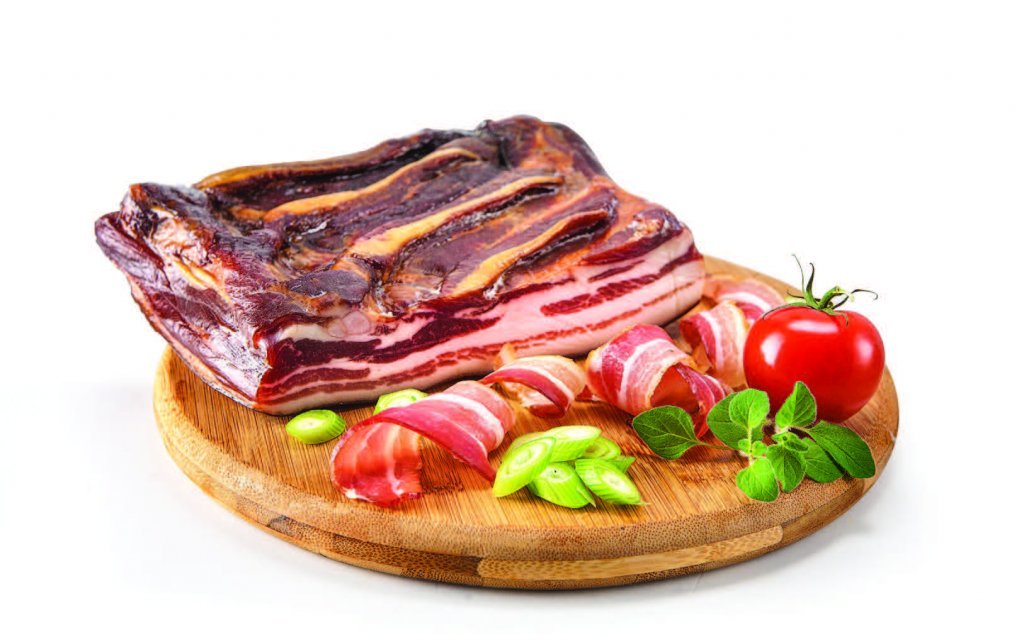 Dalmatian panceta © Gavrilovic
Dalmatian panceta © Gavrilovic
However, the secret of Dalmatian bacon may soon be let out of the bag. This traditionally made product has received the same EU-protection as Dalmatian prosciutto. Sometimes called slanina or panceta (even though, in Italy, the title of pancetta is usually reserved for bacon which is not smoked), Dalmatian bacon was protected at a national level in 2019, the first steps required in order for it to apply for a similar classification within the EU. Confirmation of its EU-awarded protection was announced by the Croatian Agriculture Ministry on Tuesday 16 February 2021
Dalmatian bacon is salted by hand, pressed and smoked. Unlike bacon available in other countries, Dalmatian bacon is only ever that which is elsewhere called 'streaky' bacon, as opposed to 'back bacon'. It is made from pork belly and chest. It has belts of whitish fat running along its length, which carry a substantial amount of flavour. Its traditional salting and smoking process are so thorough that it can be eaten raw, uncooked and is regularly enjoyed in this way.
Dalmatian bacon is aided in its preservation by low winter air temperatures and in its drying by seasonal winds.
Initiative to Rename Split Airport to be Launched, Says County Prefect
February 5, 2021 - Split-Dalmatia County Prefect Blaženko Boban announced that in agreement with local mayors, the competent ministry, the airport administration, and other stakeholders, he would launch an initiative to rename Split Airport.
Famous for saying, "Forgive me, Lord, for I am a Dalmatian," Saint Jerome is the protector of Dalmatia and is honored on Saint Jerome's Day on September 30. Interestingly, according to the oldest and most famous Encyclopedia Britannica, Jerome was born in Stridon, a village near Emona on the border of Dalmatia and Pannonia, probably near modern Ljubljana in Slovenia.
However, as it has yet to be scientifically proven, Split-Dalmatia County Prefect Blaženko Boban doesn't seem to mind, so much that he will launch an initiative to confirm just how much Saint Jerome means to Dalmatia, reports Slobodna Dalmacija.
"Saint Jerome is our saint, the protector of Dalmatians and Split-Dalmatia County. His birthplace, which has never been scientifically proven, was not the motive for choosing Saint Jerome, whom we have long worshiped in our area, as our heavenly protector. We sincerely hope that the whole world will worship and respect him as we do. May he be the protector of the whole world!"
Boban added:
"In my opinion, the wrong direction is to limit the worship of a saint to the place of birth. For example, Saint Dujam, the patron saint of the city of Split, is worshiped by the people of Split, even though he was not born in this area. Through the generations, numerous families give names to their children in honor of our saints, Dujam and Jerome. There is a wide range of names - Dujam, Duje, Jere, Jeronim, Jerko, Jeronima, Jerka ... And the proof of the veneration of Saint Jerome in our area over the centuries is numerous churches dedicated to this saint."
Therefore, in honor of the heavenly patron of Dalmatia, the Split-Dalmatia County Prefect announced the following important step in branding the favorite Dalmatian saint:
"Our exclusive motive is to worship Saint Jerome. Moreover, we plan, in agreement with the mayors, the competent ministry, the airport administration, and other stakeholders, to launch an initiative to rename our Split Resnik Airport after our heavenly patron, Sveti Jeronim Dalmatinac."
To read more about lifestyle in Croatia, follow TCN's dedicated page.
Croatia Through the Eyes of a Digital Nomad: Dalmatia’s Underground Fungi is Croatia’s Black Gold
December 28, 2020 - Cyndie Burkhardt continues her nomad lifestyle with her experiences in Croatia - this week with a little truffle hunting in Dalmatia.
The area surrounding Split is joining the exclusive and rarified world of wild truffle hunting, where these underground mushrooms are highly prized delicacies and adorable dogs track them down in secret locations.
One fine day I sat in a cozy hilltop restaurant in Motovun sipping Croatian red wine and gazing at both the picturesque view out across the countryside and the eyes of my handsome boyfriend across the table. We were exploring Istria and I was about to have the most anticipated meal of our trip. The entire place had a gentle whiff of truffles and it filled my nose. The waiter placed two bowls of pasta in front of us and started shaving truffles on top. He asked if I wanted more. I smiled and said “yes!” and he proceeded to cover my dish. I think I melted before I even took a bite.
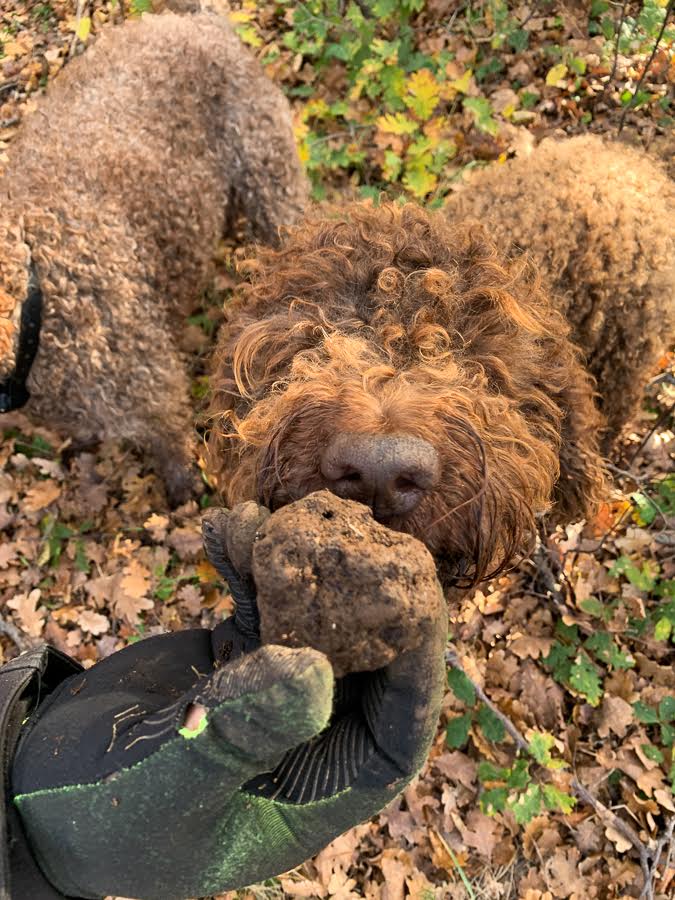
(Dogs experience the world through scent. The key to training them to find truffles is scent and positive rewards—they smell a truffle, they get a treat.)
That was years ago and I’ve eaten truffle pasta only one other time—until now, that is—but I’ve never forgotten the experience. The area surrounding Split is joining Istria and Zagreb in the truffle economy, as recently reported here. Learning that I could go on a real hunt with dogs, and eat truffles, I jumped at the chance.
Secret location
Ivana Najev met me near Mall of Split and blindfolded me before we drove to meet her father Tonci and the dogs at a secret location. It’s well known that truffles are highly coveted for elite dining tables and they rank among the rarest foods in the world with some of the highest prices. Given the stakes, I was only told that we were going to Mosor Mountain. The intrigue was killing me, but it was certain to be an adventure and I acquiesced.
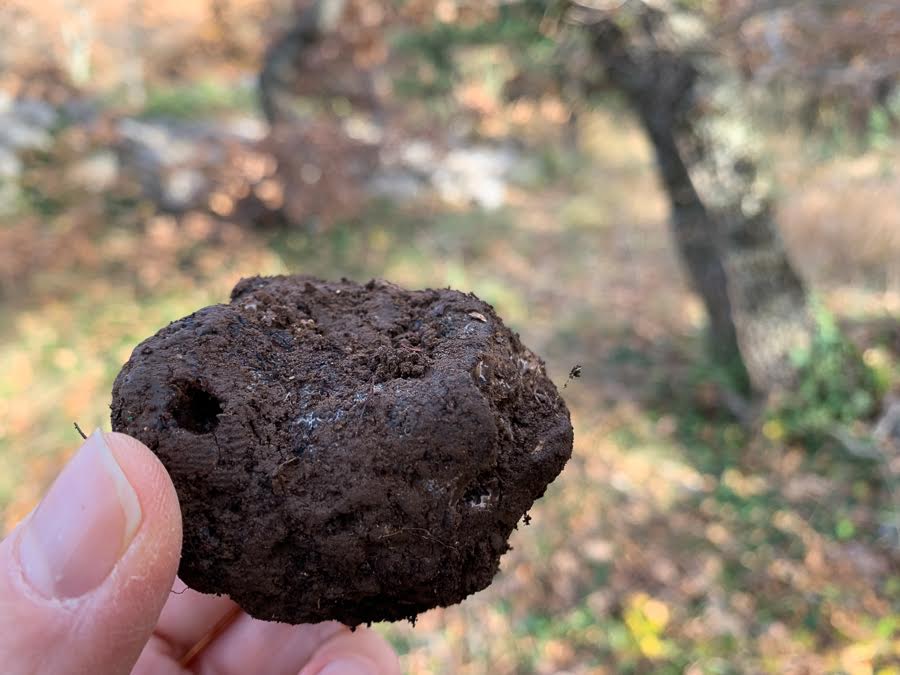
(Dalmatia’s soil is predominantly black, which produces black truffles like this black winter Tuber Melanosporum.)
Truffle dogs
Once the car stopped and I got out and saw the dogs, they were irresistible. Aldi is seven years old and a seasoned professional. Indi is one and a half years old and is still full of puppy energy. Both are medium sized Lagotto Romagnolos with golden brown curly coats, and they’re absolutely adorable. Their fur reminded me of my grandmother’s hair, God rest her soul. I liked them immediately. The dogs darted around the forest bursting with excitement before getting to work. I laughed out loud watching them run about, their faces and tails full of expression.
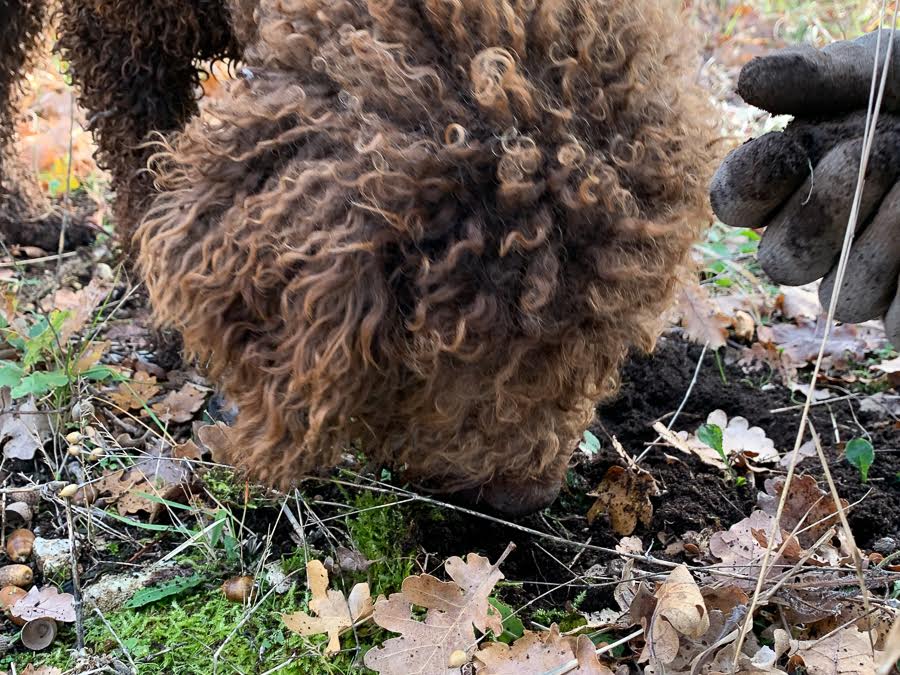
(One tactic in training dogs is to stuff toys with truffles and bury them, making a hide-and-seek game fun for them.)
When it was time to hunt the dogs were focused, moving from one spot to another as scents caught their attention. Aldi and Indi work together but they don’t dig in the same hole. When one finds a truffle spot the other one watches over his shoulder, as if waiting for the results. I don’t know if this is typical behavior for truffle dogs but it looked like team spirit, sort of like saying “hey buddy, nice score” and giving a high-five. Sometimes a dog would lay down right next to his spot while Tonci or Ivana dug into the soil to retrieve the prize.
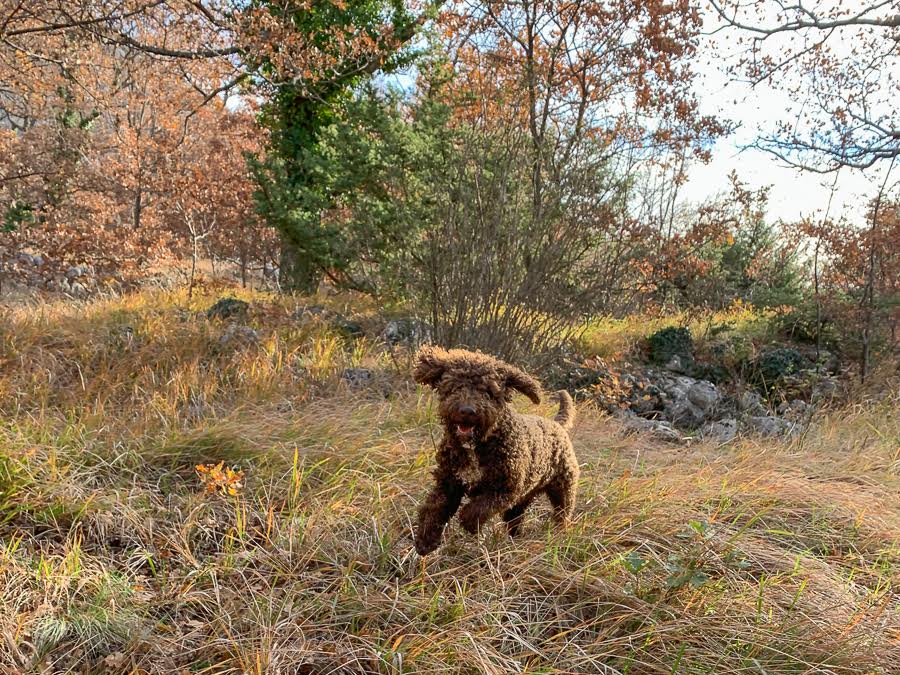
(Lagotto Romagnolos are the primary dogs specifically bred for truffle hunting. Truffle dogs can be expensive, it's not unheard of to pay $4,000 for a prime Lagotto and another $5,000 to train it. Training starts from two months of age and takes about two years for a dog to mature and become really good. They want to play, but they’re still working.)
Seductive smell
These trained animals were constantly moving and sniffing for good reason. As a truffle matures it releases a pungent odor when ripe, which is key to the hunting process. The smell comes from volatile organic compounds, similar to pheromones released by a male pig. I knew about truffle hunting with pigs and now I know the reason—they’re an aphrodisiac for a female. Pigs are natural hunters but also feeders, which is an abrupt way to watch your hard work and profit go down the drain; dogs are preferred.
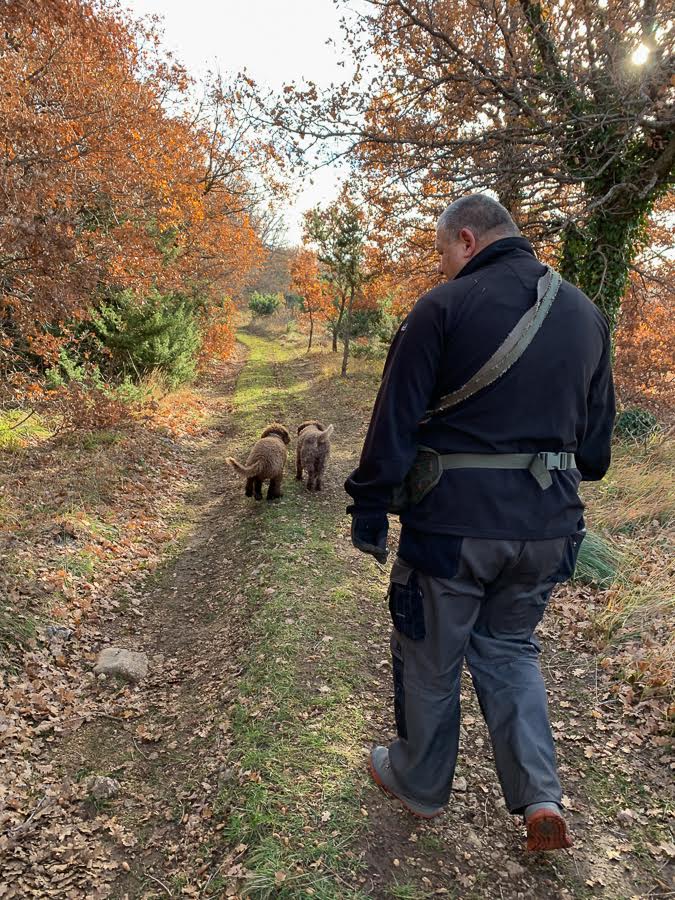
(Aldi and Indi are more than working dogs, they’re beloved family pets. They have their own room in the house with a carpet, a couch, and a television. What do they eat? Regular dog food.)
Intoxicating appeal
It turns out there’s more to truffles than sex appeal. Researchers in Italy found that black truffles produce a natural chemical compound similar to marijuana's active compound tetrahydrocannabinol (THC). Truffles are not chemically addictive but many people find them intoxicating. “You start to eat and you always want them,” says Ivana. “The dogs have the same reaction, it’s like a drug. Indi lays down on the hole because the smell makes him happy, and crazy.”
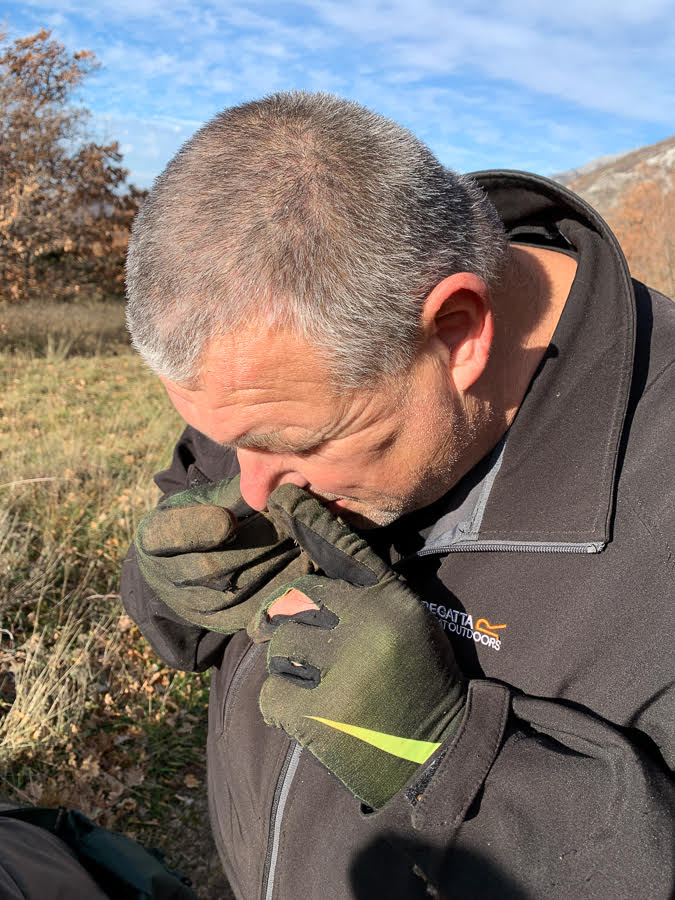
(A truffle’s size and smell are factored into their overall value, which can reach into tens of thousands of dollars at market.)
Nature Lover
How does someone get into this business anyway? It helps to be a nature lover and like most Croatians, Tonci Najev thrives on being outdoors. This is clear from his notable background as a professional diver. His feats include being on the expedition team that made the first-ever dive into the Red Lake, near Imotski, and earning records for descending 100+ meters (330+ feet) with pure oxygen, no mixing of gases in the tank.
In those days Tonci spent the mornings diving for sea coral and the afternoons hiking. Up in Split’s mountains, locals told him they’d found truffles. His interest was piqued and he began researching the land, the trees, and the dogs. Today, with perseverance and persistence, Tonci has discovered 100+ truffle locations and he holds the first and only truffle hunting business permit in Dalmatia.
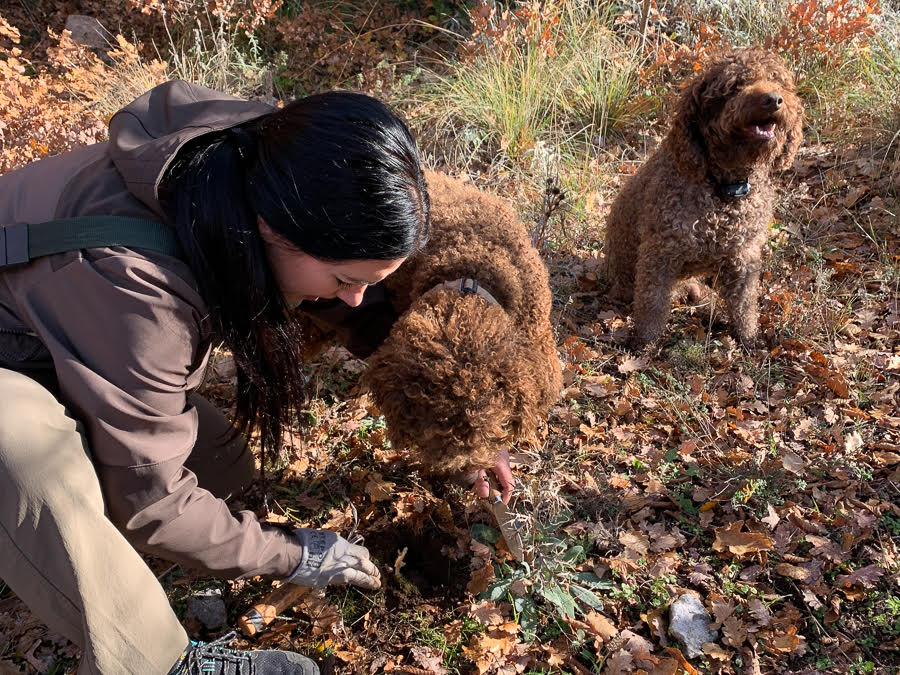
(People often ask if the dogs work just to get a reward. Ivana says Indi and Aldi are eager to please and to see their father (Tonci) happy.)
Black and white
Two main truffle species are among the most esteemed food products in the Mediterranean: Piedmont/Italian white truffles (tuber magnatum pico) and Périgord/French black truffles (tuber melanosporum). They are the first and second most expensive truffles in the world, respectively.
They grow wild in the forests of southern Europe and they’re native to France, Spain, Italy, Slovenia, and Croatia. Limited availability contributes to their value, as the majority of truffles on the market are cultivated.
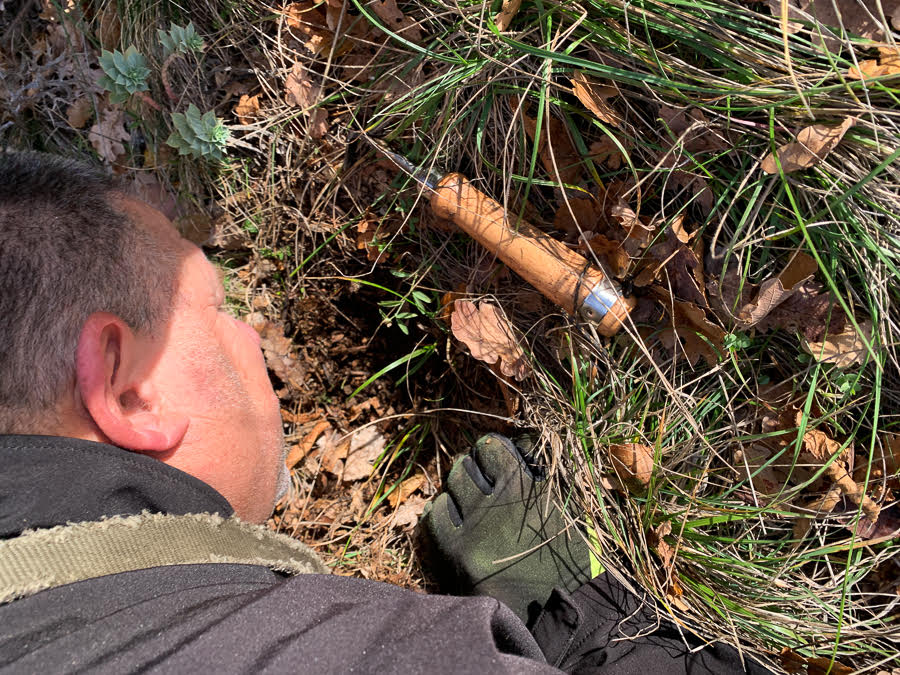
(What do Aldi and Indi eat? Regular dog food.)
Exclusive and expensive
Given the secret growing locations, labor-intensive sourcing, specially trained animals, limited quantity, and a short lifespan, truffes are a delicacy in the same camp as other rare foods: saffron, caviar, kobe beef, Densuke watermelon, and fugu.
In 2020, white winter truffles (magnatum) sold in the range of $3,000-$4,000 USD per lb. (retail) and black winter truffles (melanosporum) sold for an average of $1,500 USD per lb. Prices constantly change and vary per the yields of the growing season, the class of truffles (including size and smell), and the rarity of the type. I found reports on European wild truffles selling at auction for hundreds of thousands of dollars. Damn. I’d love to know the life story of one of those mushrooms.
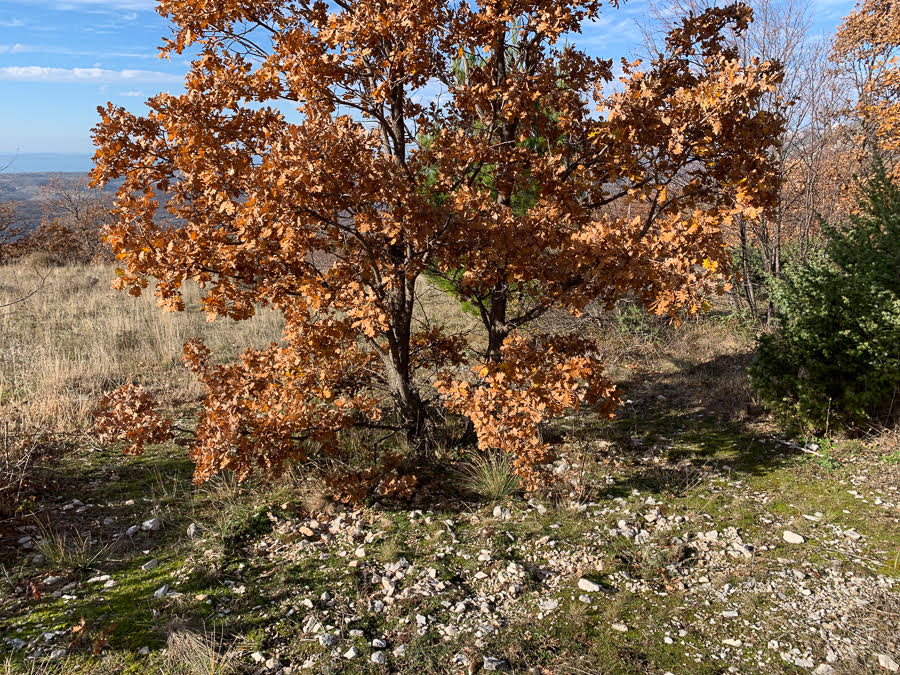
(Dalmatia’s oak trees and karst landscape make a special environment that’s ideal for wild truffles to grow.)
Dalmatian truffles
On Mosor, we found two types of black winter truffles: tuber melanosporum and tuber brumale. Yesss! We got the good ones! I was impressed that we found anything at all, the ground seems to favor rocks. It’s described as a karst landscape, one that’s made up of limestone and has some sort of a natural drainage system beneath. As it turns out, the terrain and Croatia’s climate make an ideal habitat for wild truffles.
One other thing is needed—the right tree. Truffles grow underground in symbiosis with certain trees; specifically, truffle spores and tree roots share nutrients. Dalmatia delivers on this too and some of the most common “truffle trees” grow here—Hrast (Oak), Grab (Hornbeam), Smrič (Spruce/shrub), Corylus Avellana (Hazel), and Populus Alba (Poplar).
Dobak Tek
After a successful morning hunting, it was time to eat. Our dining room was Mosor Mountain, under a large oak tree, appropriately. Once again, I enjoyed fresh truffle pasta—prepared right in front of me—while sipping local wine and gazing at Croatia’s beautiful scenery. A spread of cheese, meat, and soparnik was the second course, all of it topped with freshly shaved truffles. I was glad I had skipped breakfast.
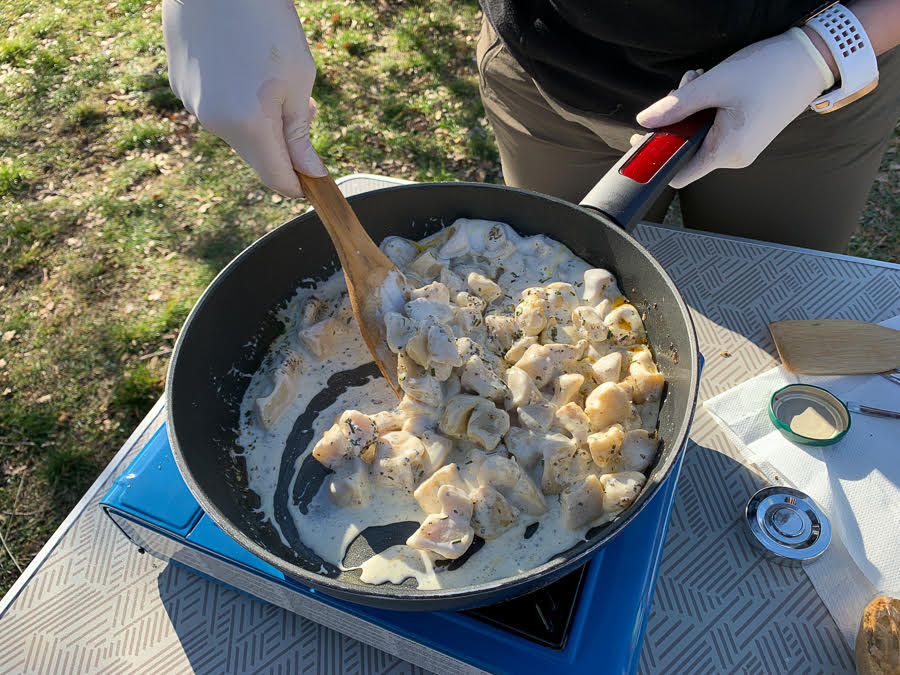
(The morning hunt culminates with a fresh meal of homemade truffle pasta. Once a truffle has been unearthed, its journey from ground to plate should be no longer than ten days.)
It’s funny, the pasta was delicious but I can’t describe the taste that truffles add. Ton
i said chocolate and strawberry but I’d go toward earthy and musky. My palate isn’t that refined but I know what I like and I craved more. I really think there’s something to that seductive, intoxicating aroma; it engulfs your senses and your brain like a potion. Maybe the mere anticipation of truffles is what drives behavior such as auction madness…
Winding down
After an upbeat morning I was pleasantly surprised that the tour kept going. On the drive back to our meeting location Ivana pointed out several places of cultural and historical importance—the remains of Skočiba, an old village in Gata that dates back to the Middle Ages; the church of Sveti Jure, on one of the highest mountain peaks in the country. It was a nice way to round things off and see more of Dalmatia’s heritage.
Leaving the seductive world of truffles, I thought about a modest comment Ivana made when we first discussed where to meet, “We do not have an office, nature is all we need.” I love that. I scored another great day outdoors, with good people and animals, in this country that I’m coming to appreciate more and more. By the way, there was no blindfold.
Learn more about tours with Truffle Hunting Dalmatia on the website.
Learn more at TCN’s Digital Nomads channel.
Story and photographs ©2020, Cyndie Burkhardt. https://photo-diaries.com
For more of Cyndie's experiences, check out her Croatia Through the Eyes of a Digital Nomad column.
PHOTOS: Epic Croatia Weather Photography Stuns The World
December 20, 2020 – The 13 winners of the incredibly popular World Meteorological Organization annual competition have just been announced, and two fine pieces of Croatia weather photography are among them. These spectacular images of Croatia weather photography show all 9 Croatian photographs which reached the final in 2020 and all 10 Croatian finalists who similarly stunned the global audience in 2019
Croatia weather photography: the two newly announced winners from the 2020 competition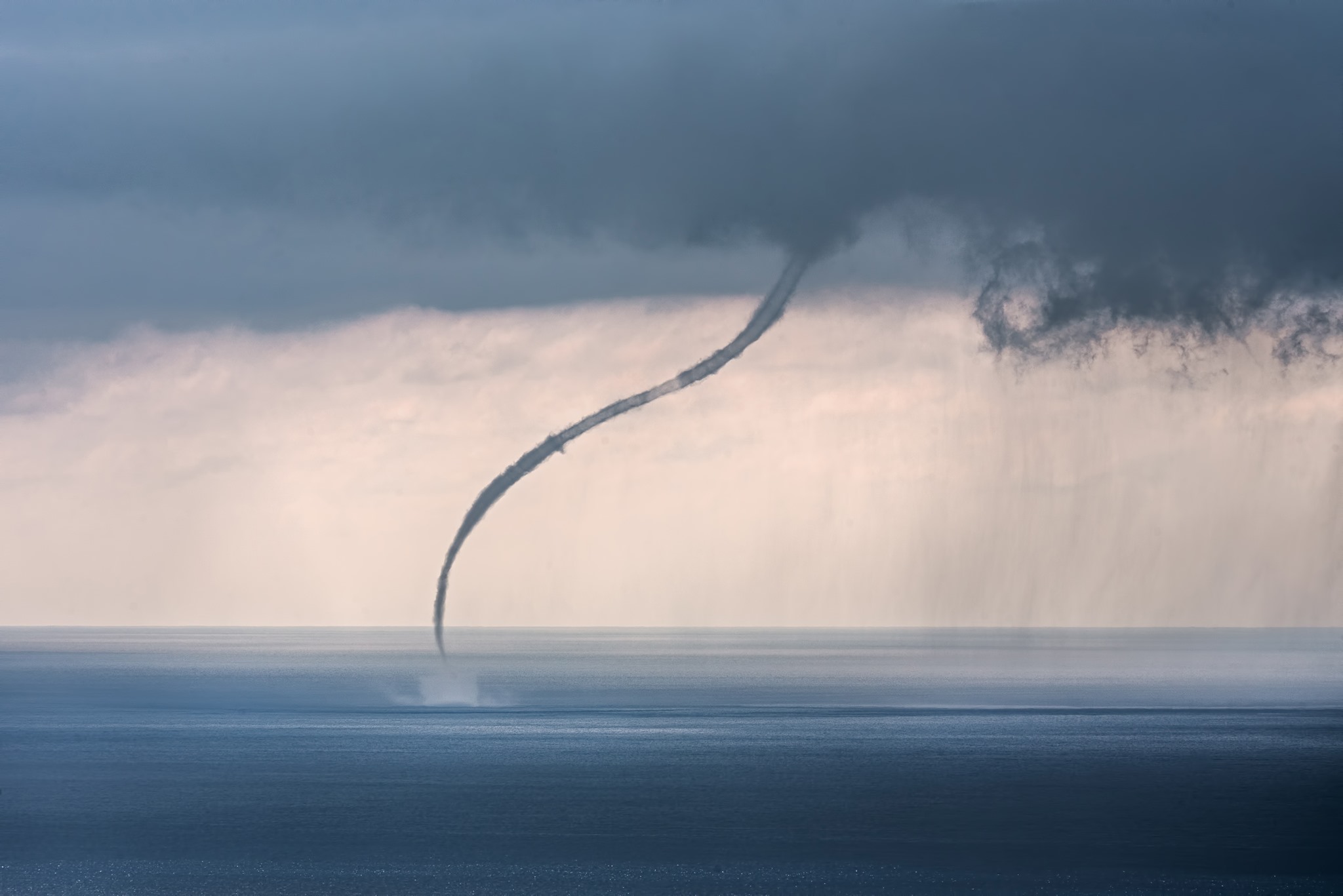 Photographer: Sandro Puncet Photo taken: Losinj island
Photographer: Sandro Puncet Photo taken: Losinj island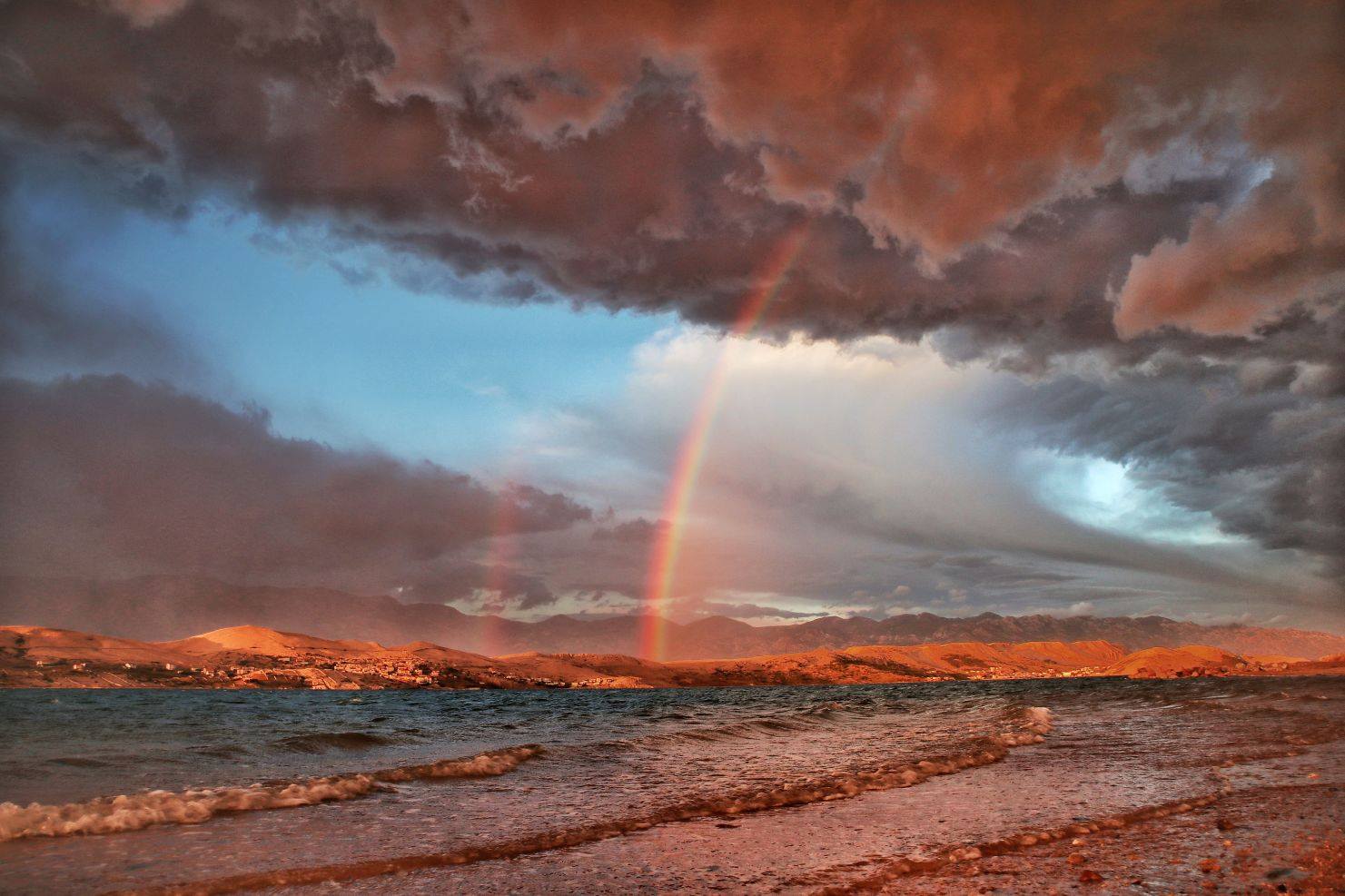 Photographer: Zrinka Balabanic Photo taken: Pag island
Photographer: Zrinka Balabanic Photo taken: Pag island
Thanks to its popularity as a tourist destination, lots of people are now used to seeing beautiful photos of Croatia. Although, the images they usually see are of idyllic beaches, cloudless skies, stunning nature and turquoise blue seas. But, as anyone who knows the country will tell you - and as these photos show - Croatia isn't always like that.
Croatia weather photography: the two newly announced runners-up from the 2020 competition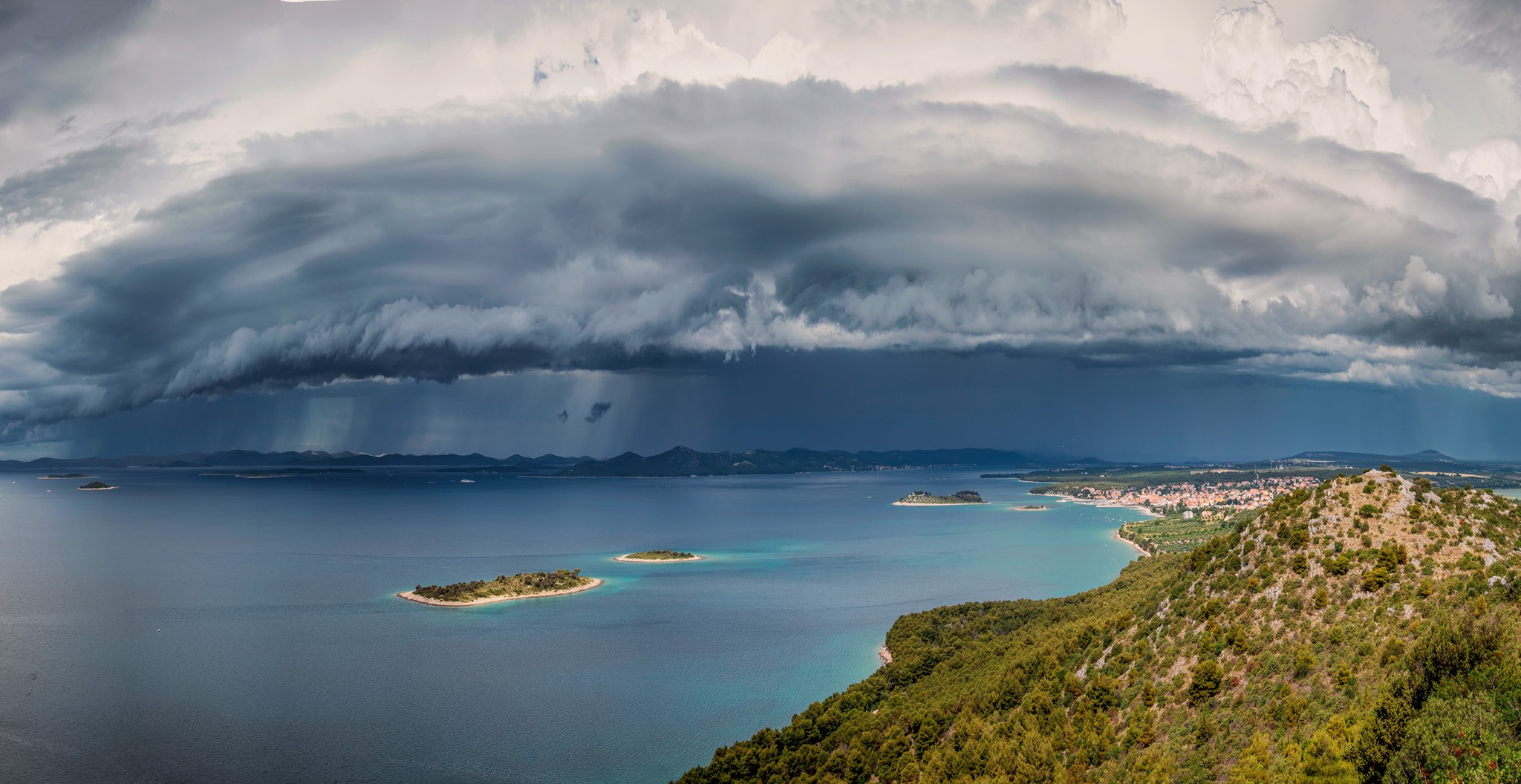 Photographer: Šime Barešić Photo taken: Drage, Pakostane
Photographer: Šime Barešić Photo taken: Drage, Pakostane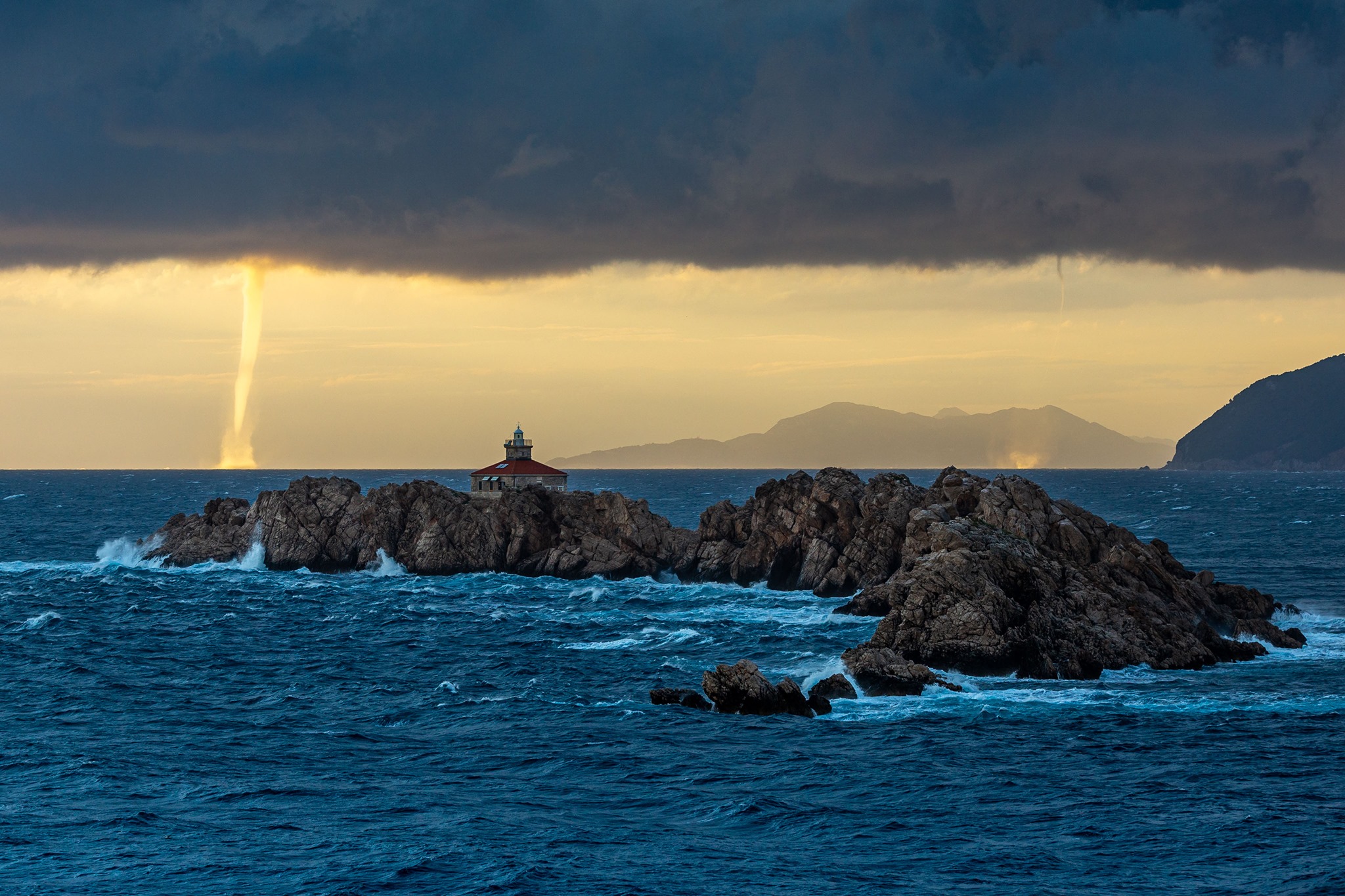 Photographer: Mislav Bilic Photo taken: Lapad Peninsula, Dubrovnik
Photographer: Mislav Bilic Photo taken: Lapad Peninsula, Dubrovnik
Out of season, Croatia can experience vastly different weather conditions to those advertised in travel brochures and blogs. And, whenever there's a spectacular weather occurrence, usually there's a photographer out there, braving the elements, trying to capture it.
Over recent years, some of the best Croatia weather photography has featured in the annual competition organised by the World Meteorological Organization. 2020 has been no different.
The other five Croatian finalists from the 2020 competition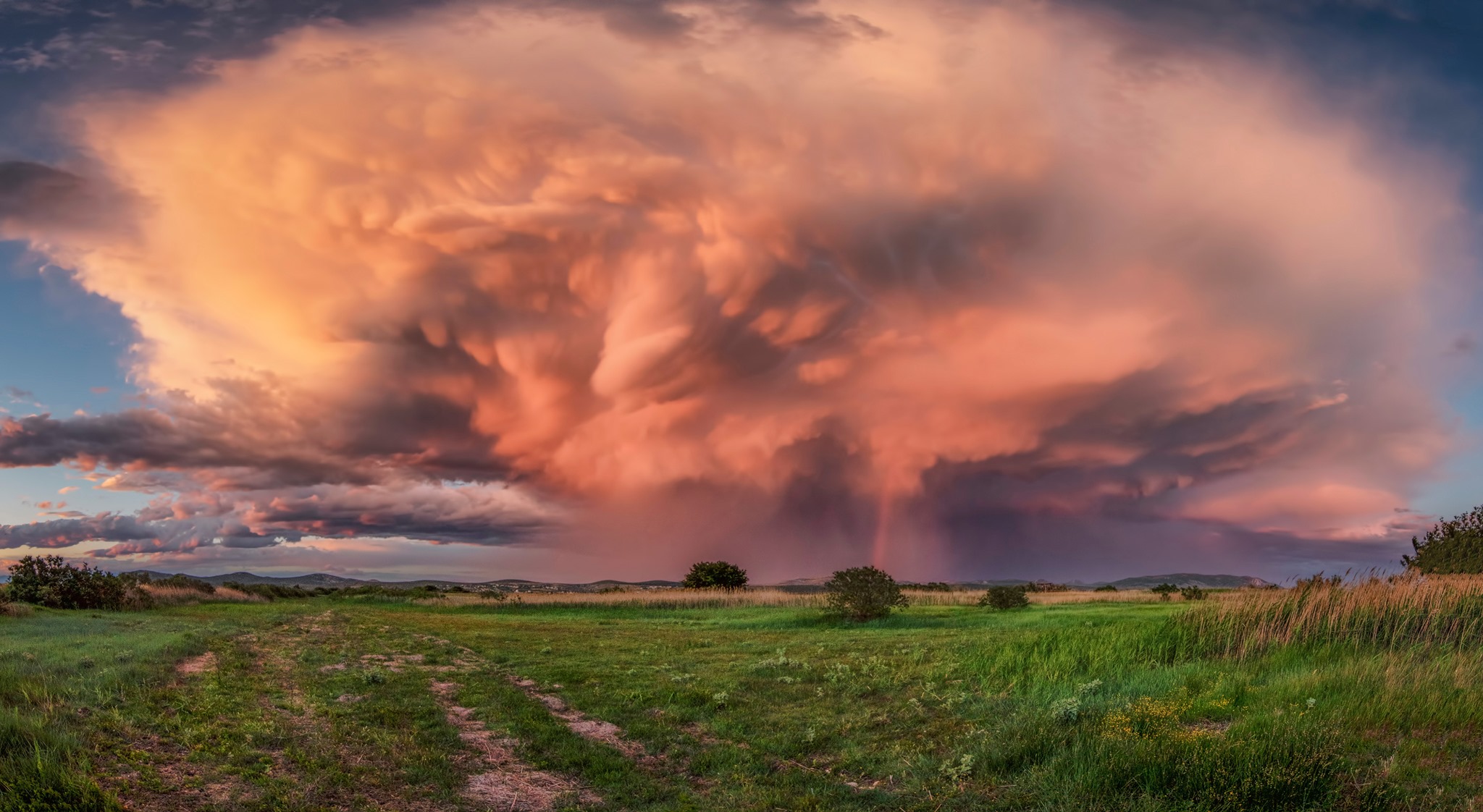 Photographer: Šime Barešić Photo taken: Drage, Pakostane
Photographer: Šime Barešić Photo taken: Drage, Pakostane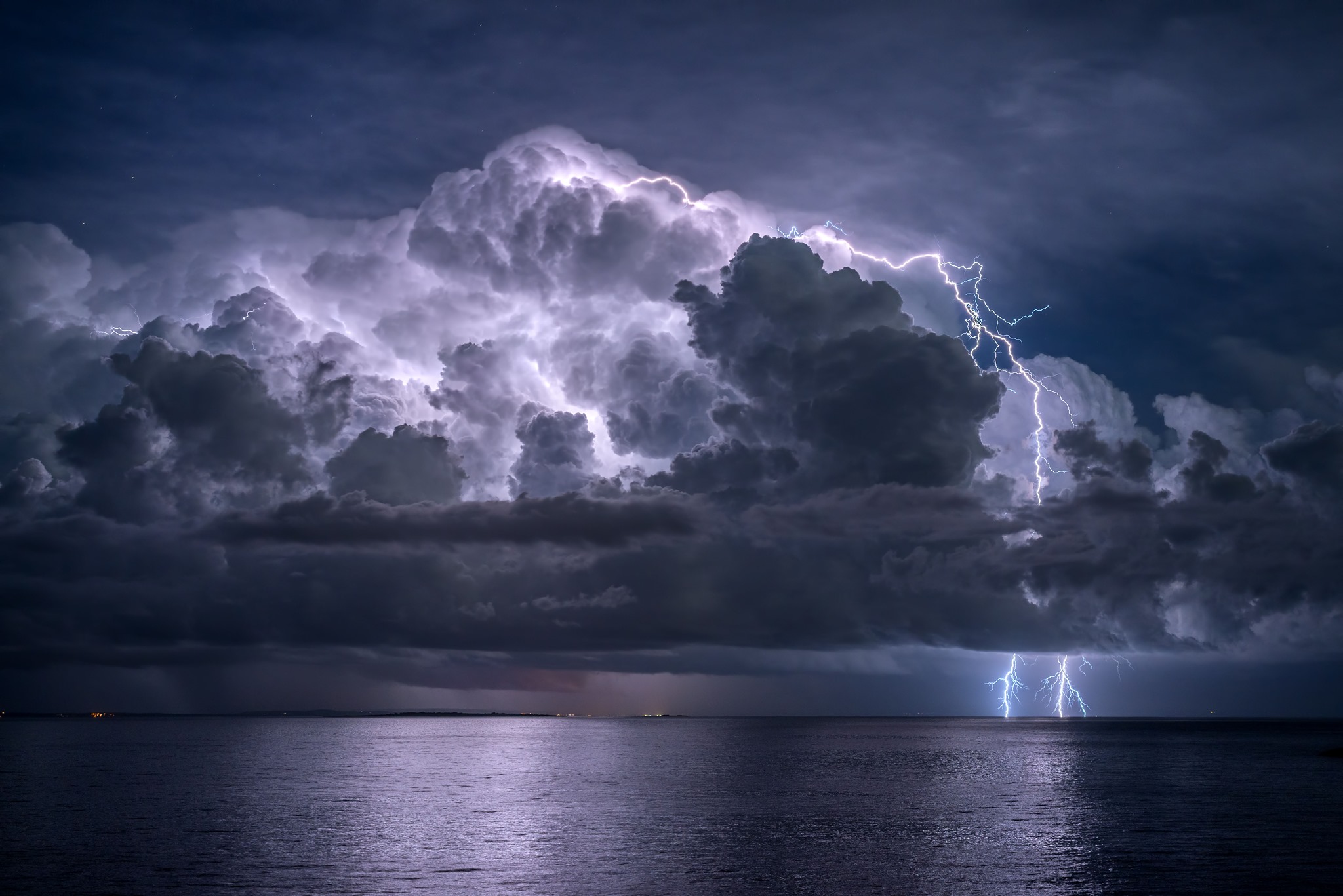 Photographer: Sandro Puncet Photo taken: Losinj island
Photographer: Sandro Puncet Photo taken: Losinj island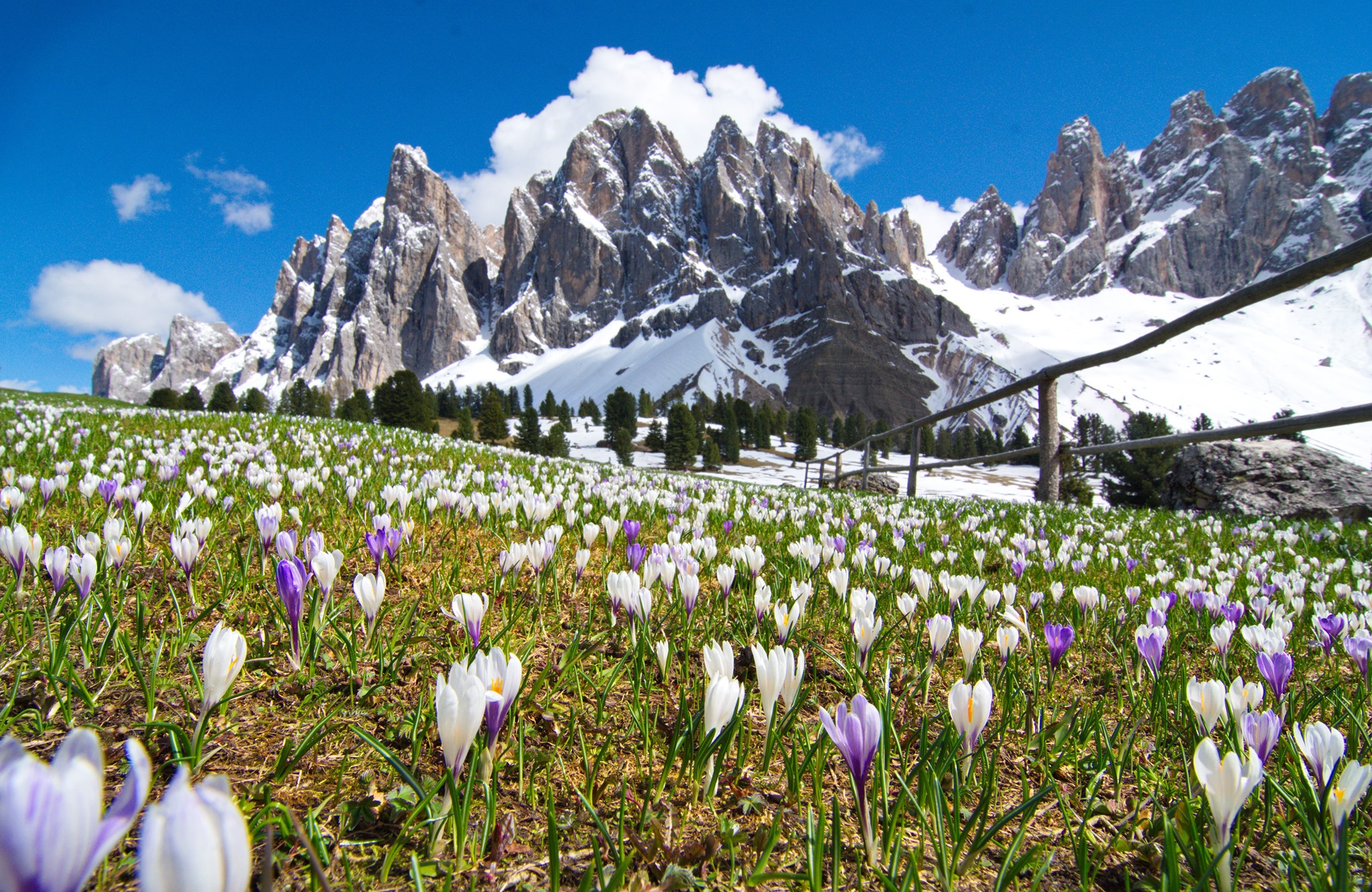 Photographer: Zoran Stanko Photo taken: Geisler Alm, Dolomites, Italy
Photographer: Zoran Stanko Photo taken: Geisler Alm, Dolomites, Italy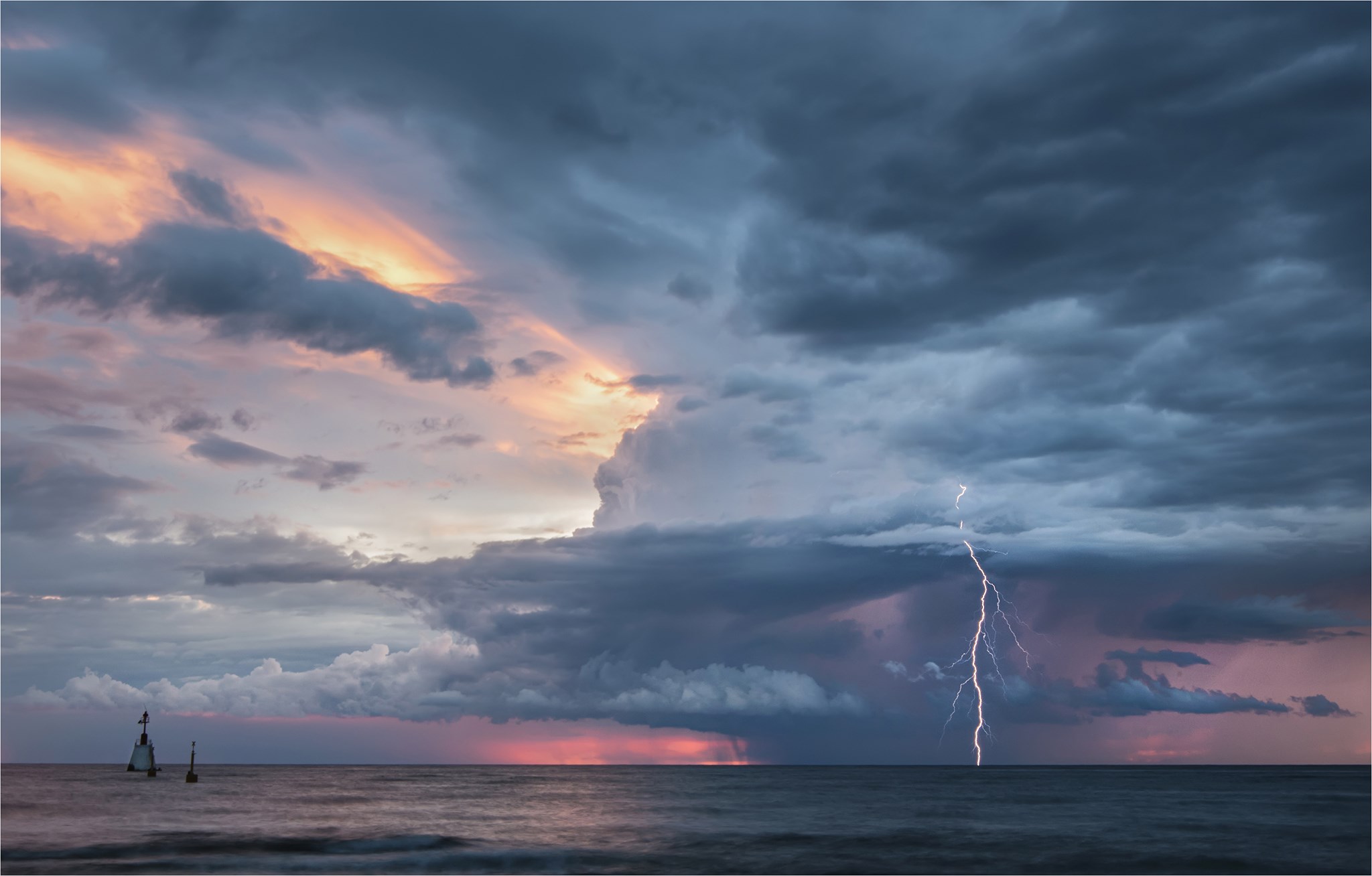 Photographer: Maja Kraljik Photo taken: Umag, Istria
Photographer: Maja Kraljik Photo taken: Umag, Istria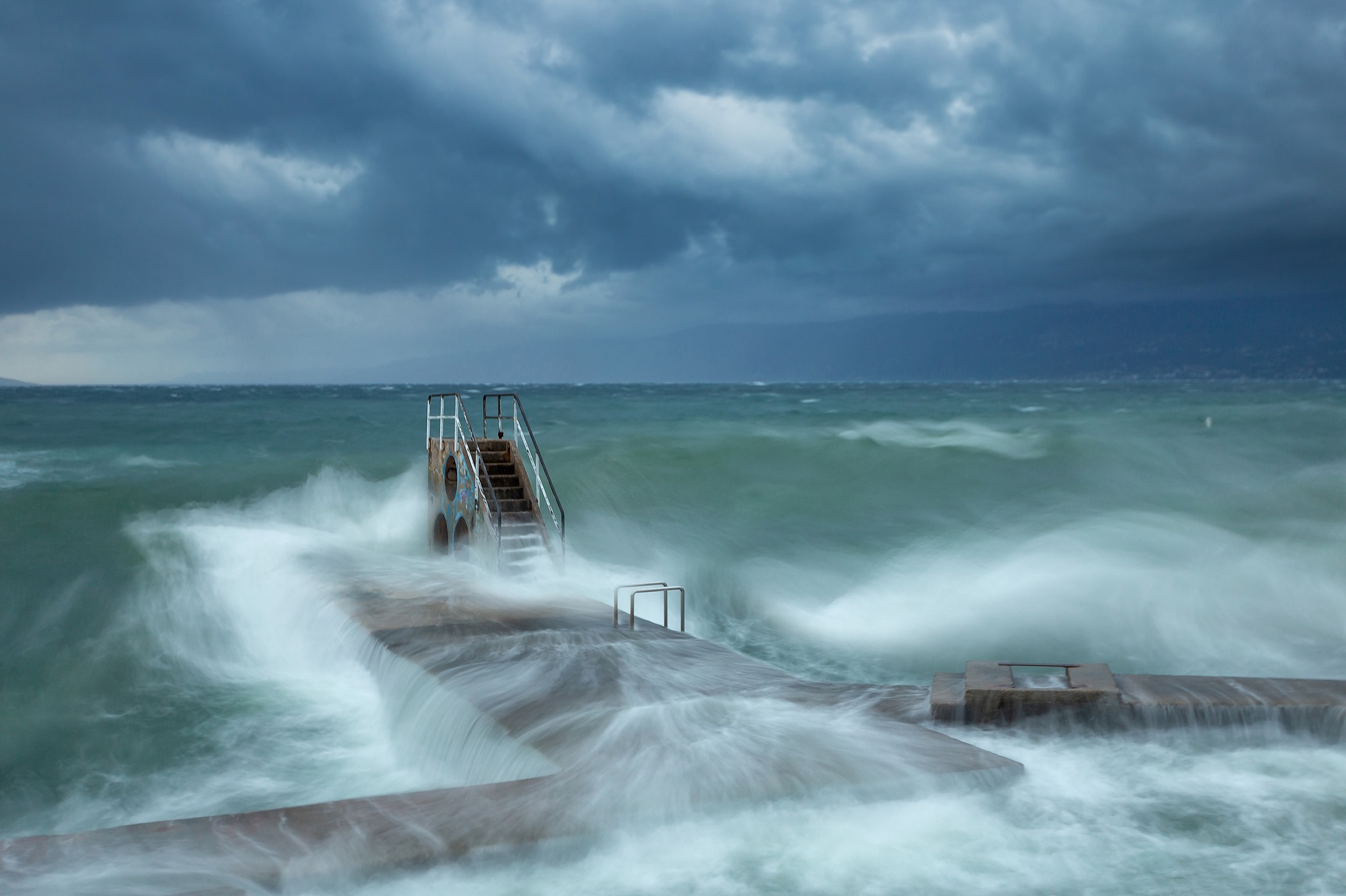 Photographer: Igor Popovic Photo taken: Rijeka
Photographer: Igor Popovic Photo taken: Rijeka
The winners of this year's competition have just been announced and the two fantastic examples of Croatia weather photography within the top 13 will take their place in the 2021 World Meteorological Organization calendar.
The 10 Croatian finalists from the 2019 competition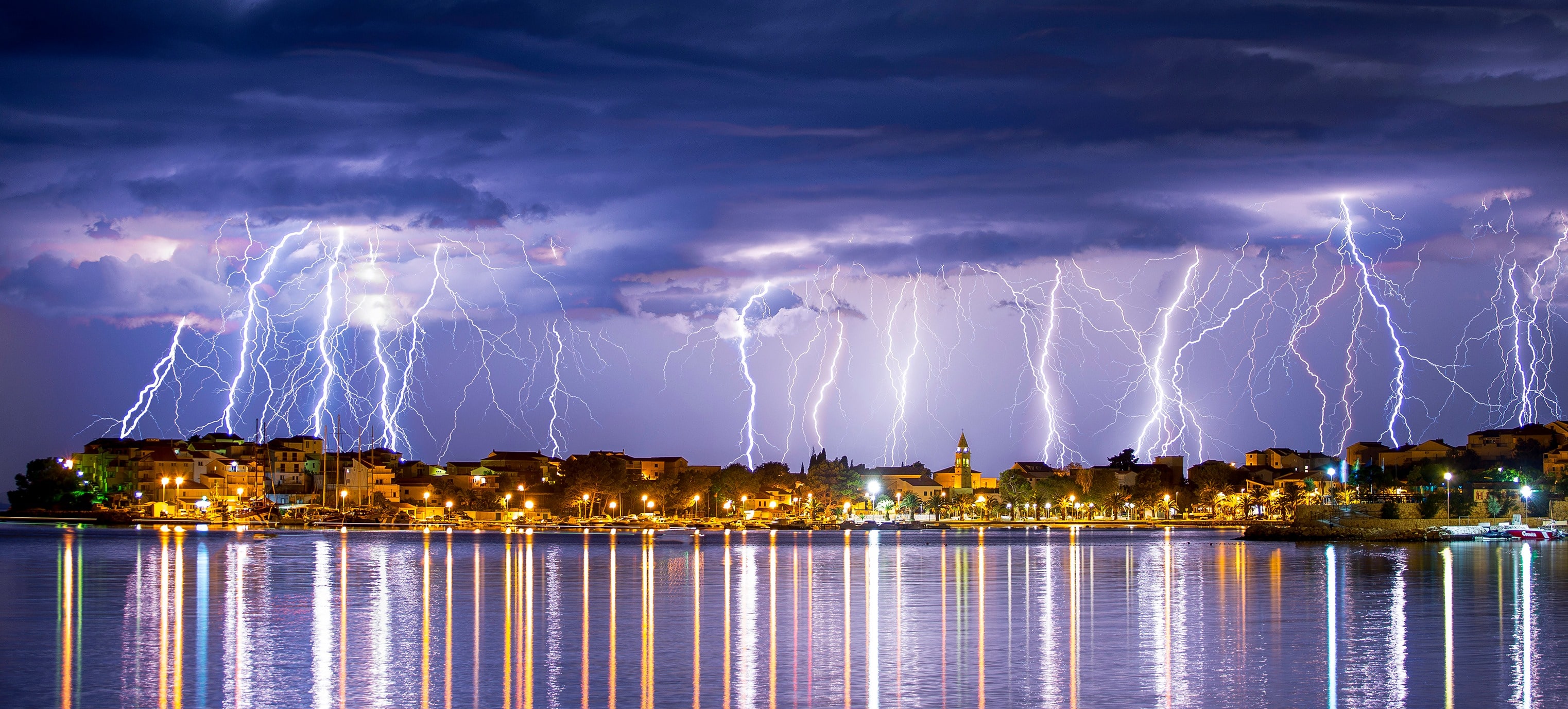 Photographer: Danica Sičič Photo taken: Srobreč, Dalmatia
Photographer: Danica Sičič Photo taken: Srobreč, Dalmatia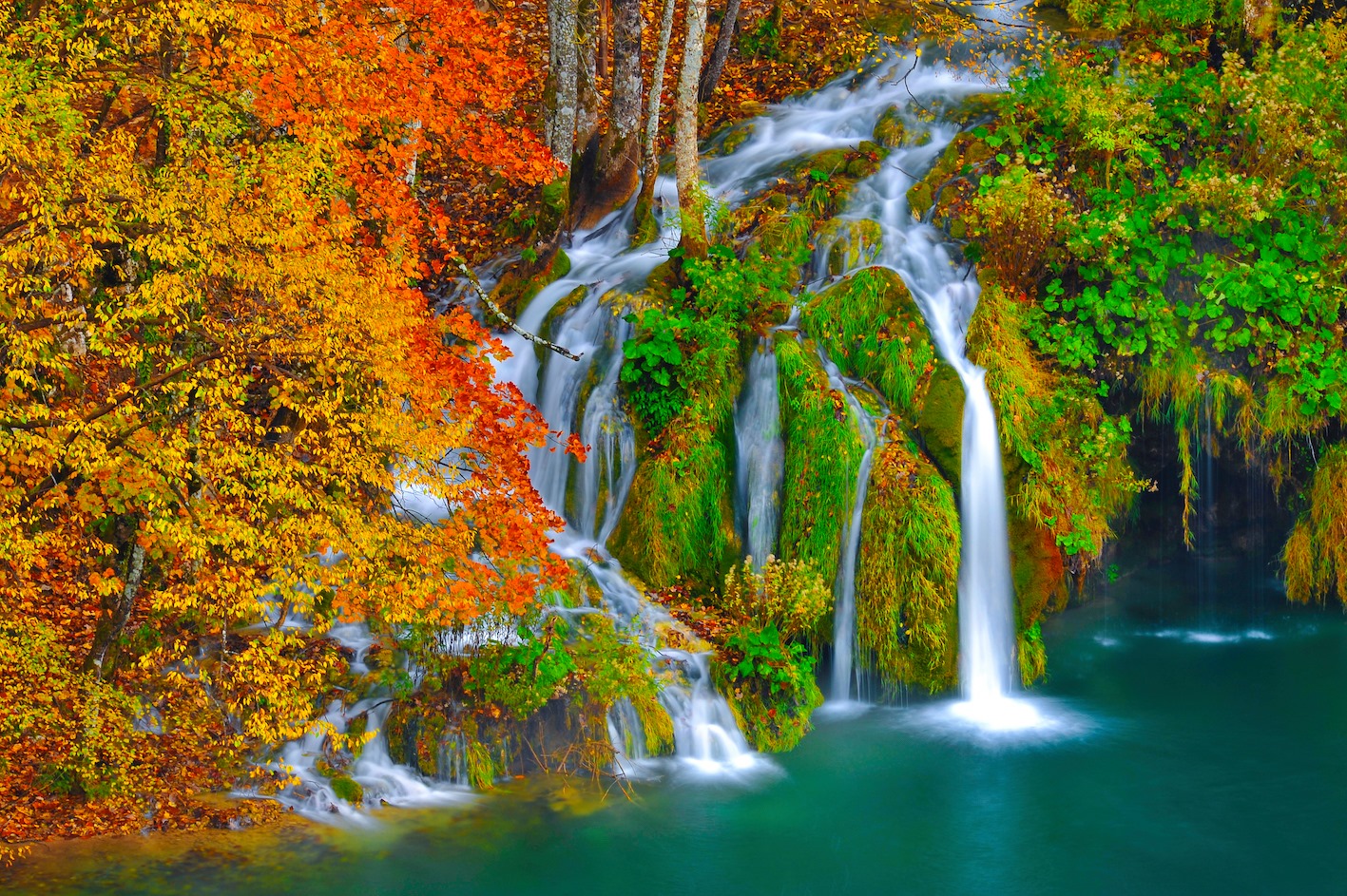 Photographer: Romeo Ibrišević Photo taken: Plitvice Lakes National Park
Photographer: Romeo Ibrišević Photo taken: Plitvice Lakes National Park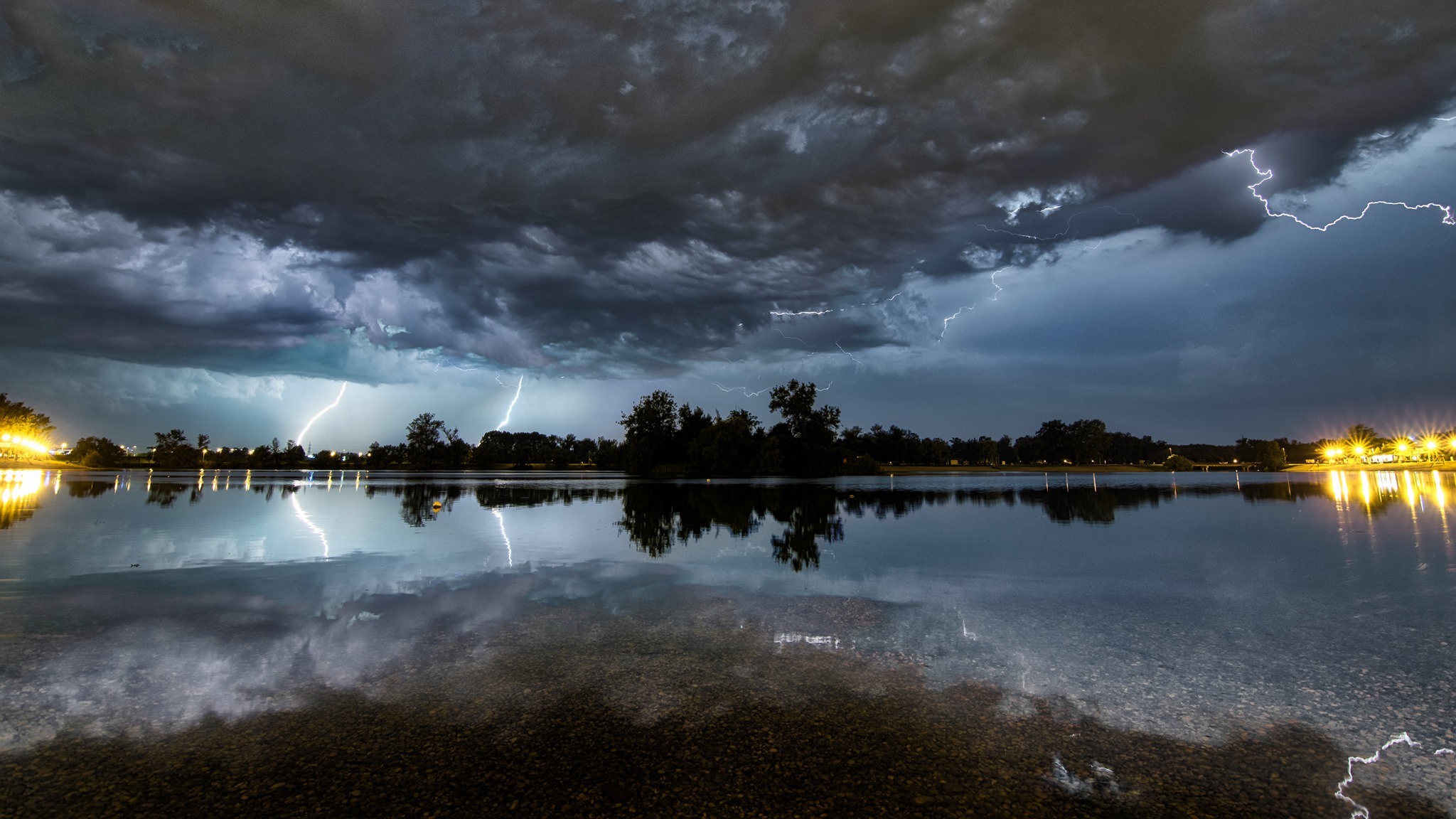 Photographer: Božan Štambuk Photo taken: Bundek park, Zagreb
Photographer: Božan Štambuk Photo taken: Bundek park, Zagreb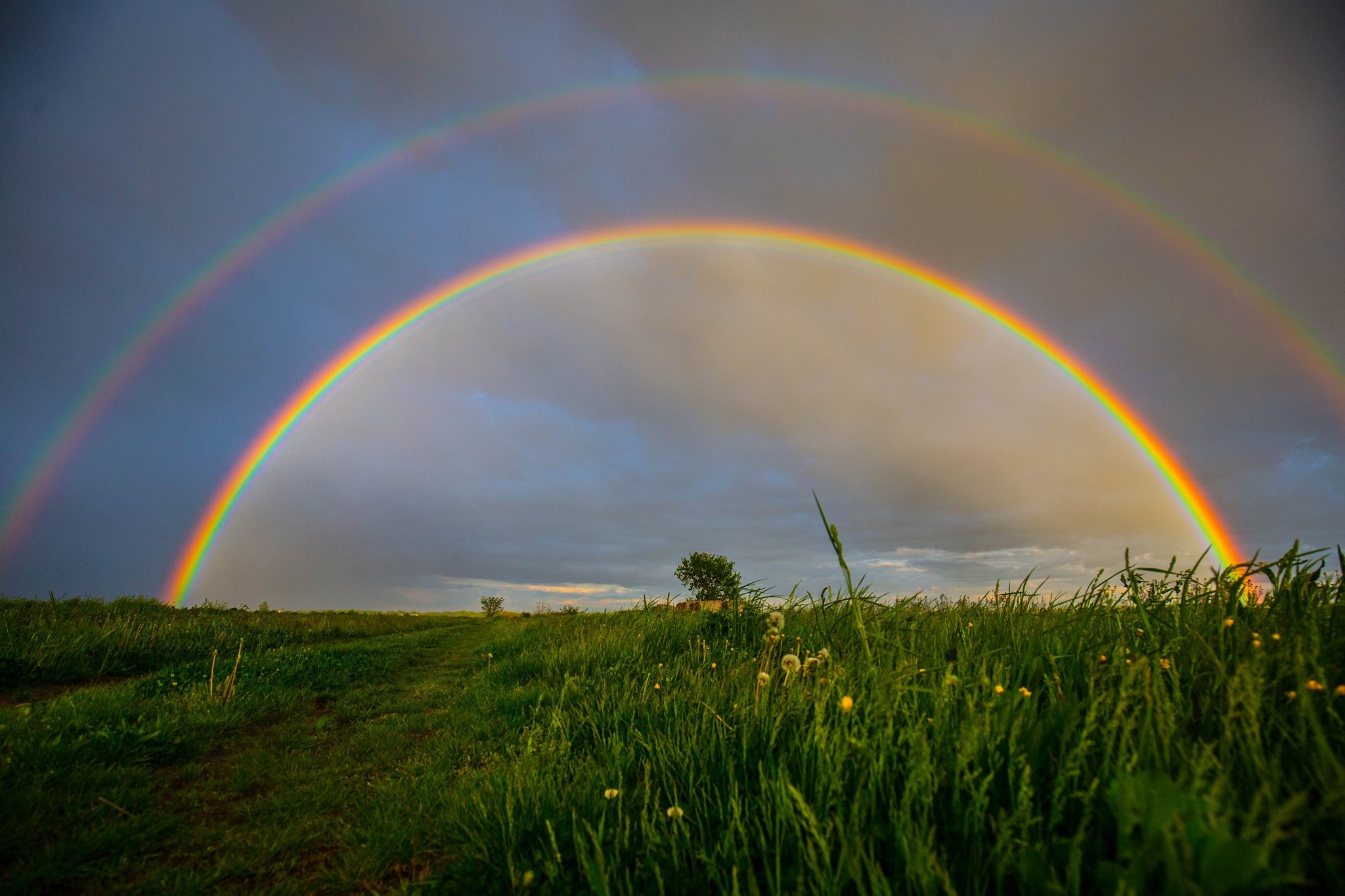 Photographer: Miroslava Novak Photo taken: Pribislavec, Međimurje
Photographer: Miroslava Novak Photo taken: Pribislavec, Međimurje
As well as the two winners, two further examples of Croatia weather photography came in the runner-up category, of which there were 12 in total.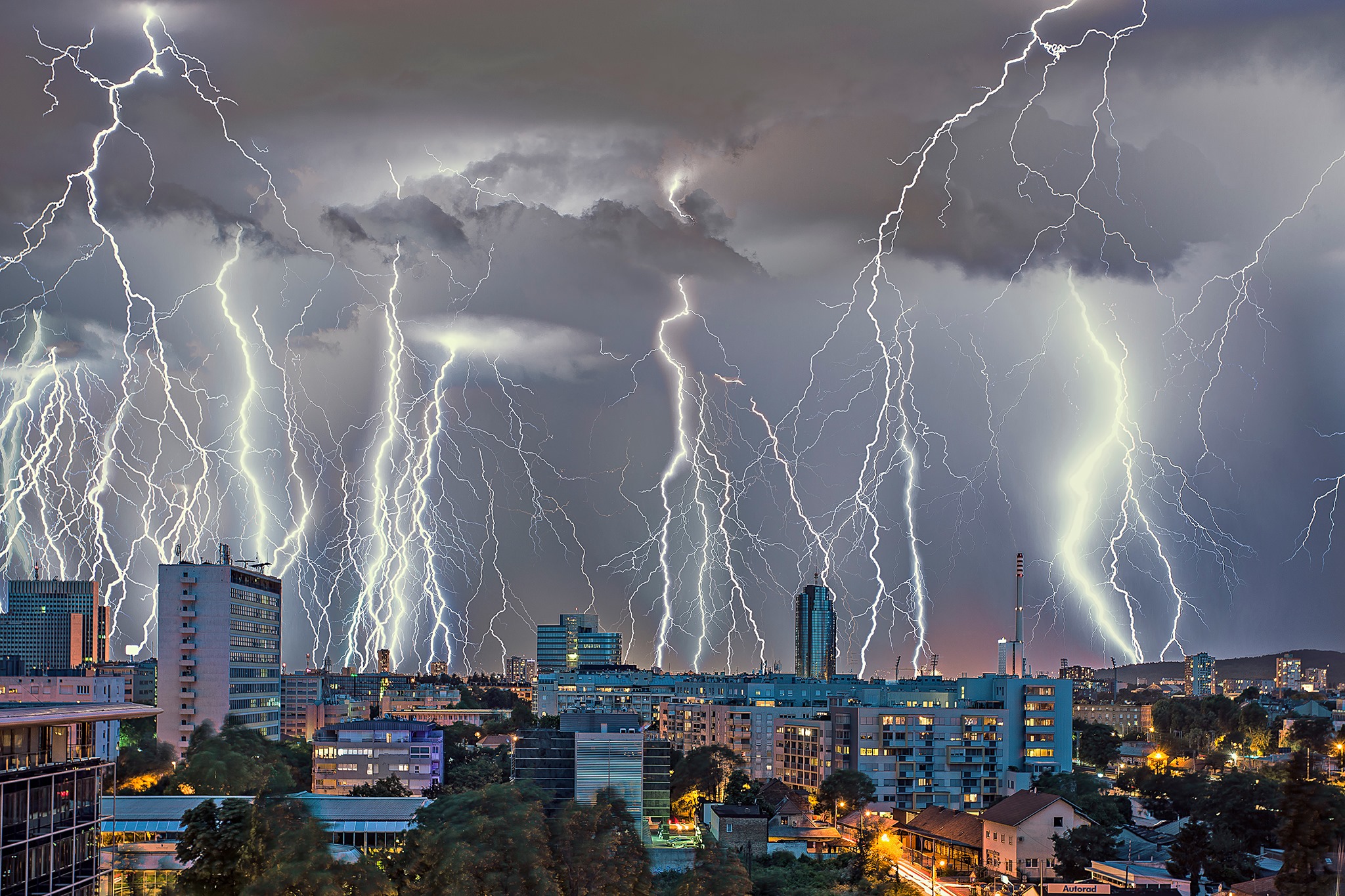 Photographer: Francesca Delbianco Photo taken: Zagreb
Photographer: Francesca Delbianco Photo taken: Zagreb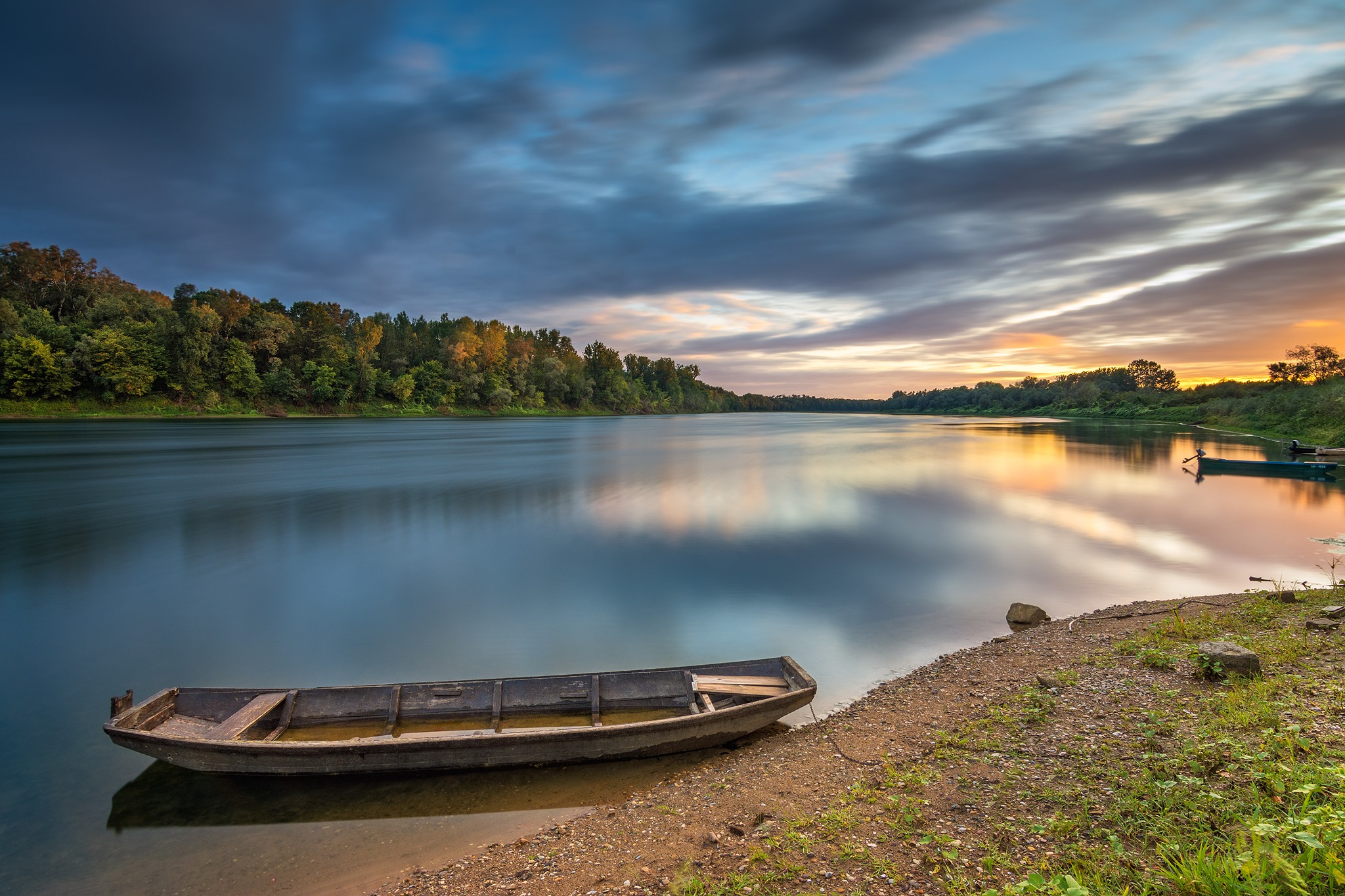 Photographer: Ivica Brlić Photo taken: Sava river, Davor, near Slavonski Brod
Photographer: Ivica Brlić Photo taken: Sava river, Davor, near Slavonski Brod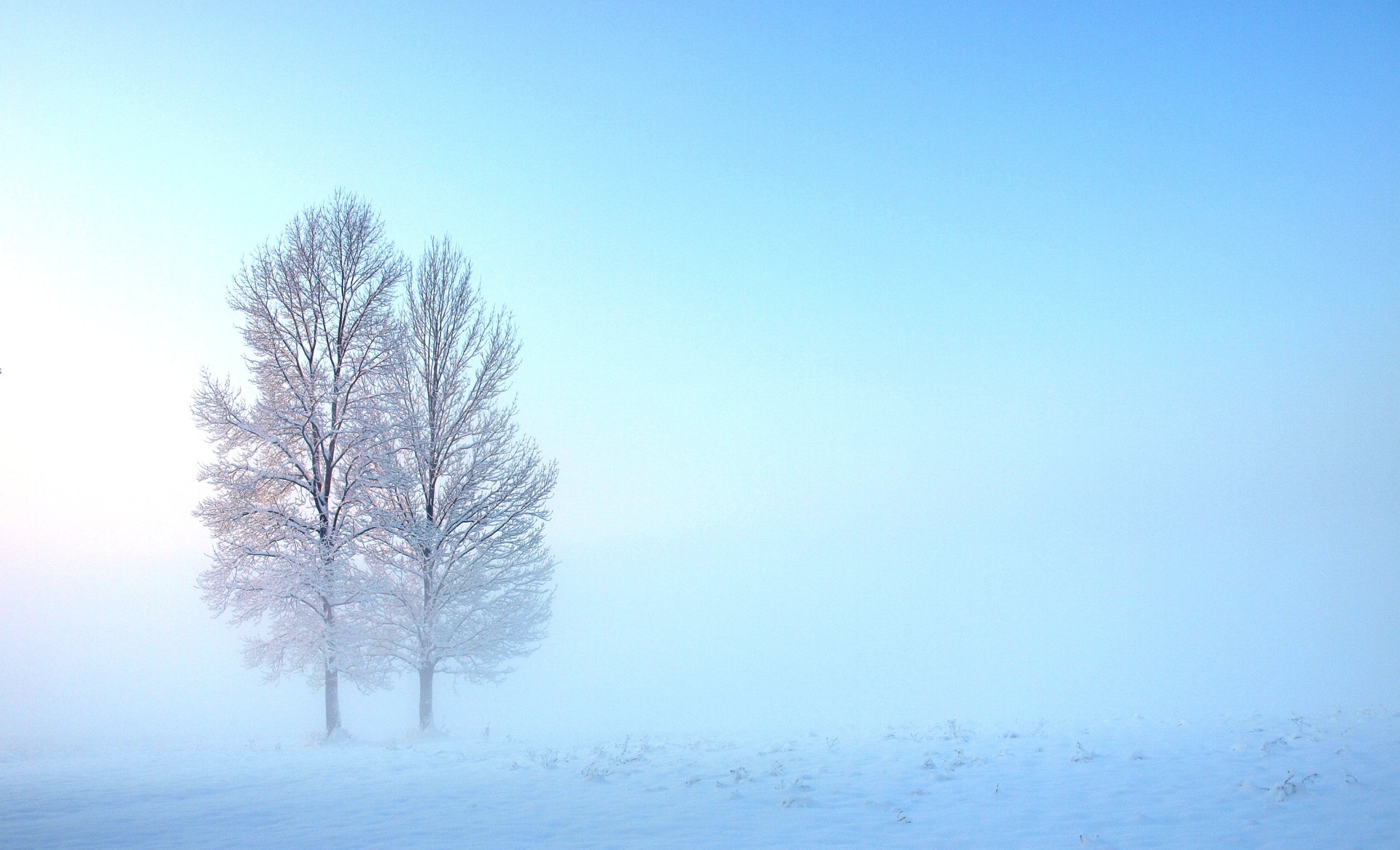 Photographer: Nataša Šafar Photo taken: Rečica, near Karlovac
Photographer: Nataša Šafar Photo taken: Rečica, near Karlovac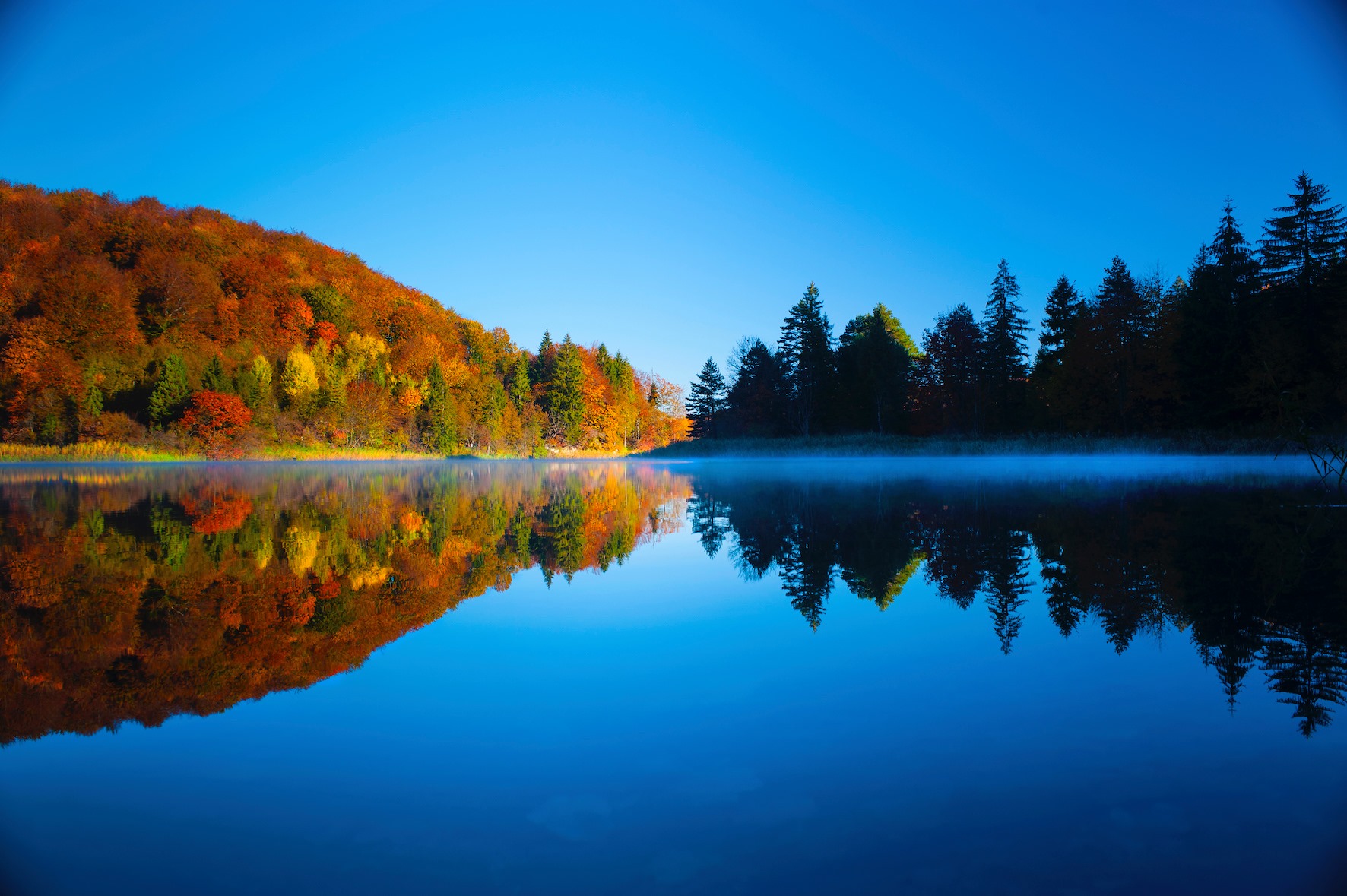 Photographer: Romeo Ibrišević Photo taken: Plitvice Lakes National Park
Photographer: Romeo Ibrišević Photo taken: Plitvice Lakes National Park
Over 1000 photographs from all over the world were entered in the 2020 competition. The submissions were narrowed down to a final selection of 70 contenders. As TCN reported back at the start of October, no less than 9 examples of Croatia weather photography made it into the final 70, taken by 7 Croatian photographers.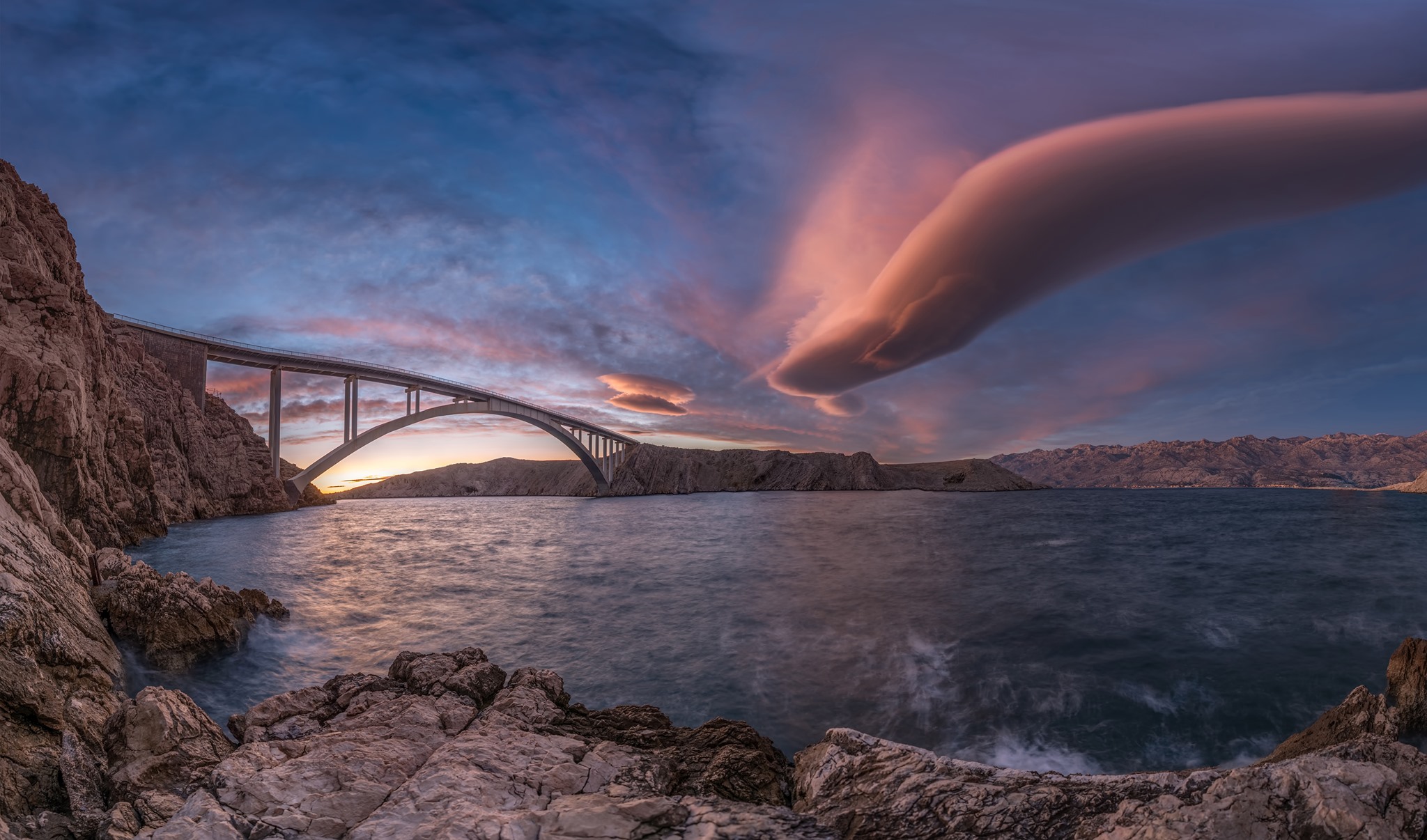 Photographer: Danijel Palčić Photo taken: Pag island
Photographer: Danijel Palčić Photo taken: Pag island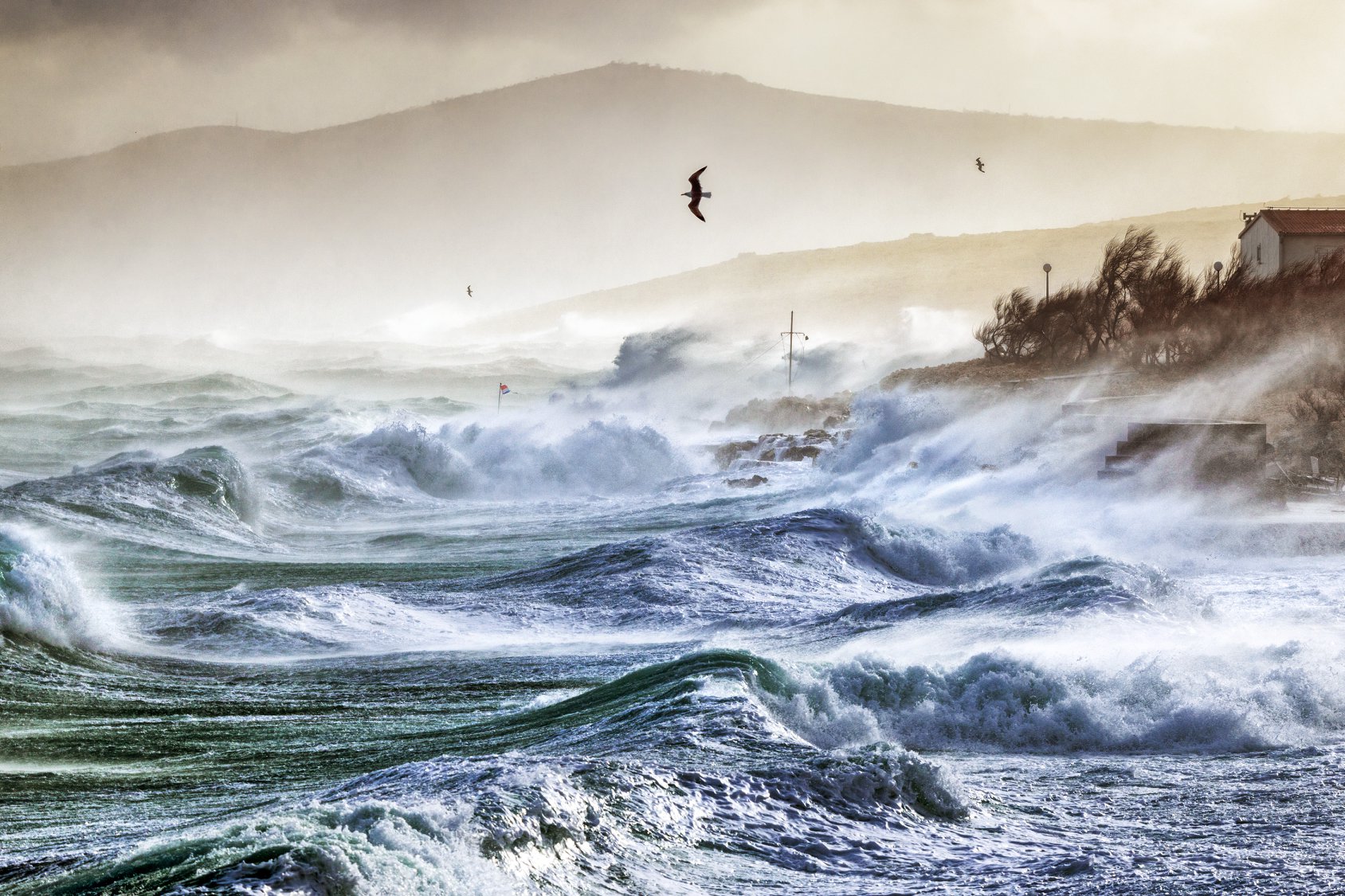 Photographer: Aleksandar Gospic Photo taken: Ražanac
Photographer: Aleksandar Gospic Photo taken: Ražanac
Croatia regularly punches well above its weight in the annual competition, as we can see from these 10 examples of incredible Croatia weather photography that were among the finalists in 2019.
All images courtesy World Meteorological Organisation
VIDEO: PlayStation 5 Release in Croatia Marked by Klapa and Traditional Instruments
December 13, 2020 - The PlayStation 5 release in Croatia has been marked by the traditional music of Croatian regions.
The PlayStation 5 is one of the most anticipated releases in the gaming world, so much so that it achieved the highest launch month sales for a video game console in United States History since its debut there on November 12.
Thus, to mark the release of the PlayStation 5 console, PlayStation Croatia, in partnership with musicians from several Croatian regions, recorded the opening sound of the new console authentically, and characteristic for each Croatian region using traditional instruments and song, reports HRTurizam.
It has been 25 years since the arrival of the first PlayStation console on the European market and during those years the sound reproduced when launching the PlayStation console is one of the features by which every PlayStation generation is remembered and recognized.
Thus, a music tour of Croatia was recorded, from Slavonia, Istria, Dalmatia, and Zagorje to Petrinja, in which the opening sound of the PlayStation 5 console was recorded on the Slavonian tamburitza, Istrian sopila, Zagorje bass, brass instruments, and Dalmatian klapa.
“With the opening sound of the PlayStation 5 console, we made a music tour all over Croatia! With the Slavonian sound of the tamburitza, the Dalmatian performance of the klapa, the Zagorje version on the bass, the sounds of Istria on the flutes, and a touch of Petrinja with brass instruments, the sounds of the PlayStation 5 console received new life with traditional Croatian instruments. The tamburitza ensemble Rubato, KUD Zlatela Kršan, Marko Horvat, Klapa Sebenico and Gradska limena glazba Petrinja took part in the recording," said PlayStation Croatia.
Videos were released with recognizable locations around Croatia, like Rovinj and Petrinja, an authentic Slavonian village near Slavonski Brod, the fortress of St. Mihovil in Šibenik and the Veliki Tabor castle, which you can find below.
To read more about coronavirus in Croatia, follow TCN's dedicated page.
Move Over Istria: Truffle Hunting Now Available in Dalmatia
December 12, 2020 - Once the sole preserve of Istria, Croatia's truffle hunting options are expanding - first Zagreb and now Dalmatia.
I love the randomness of life in Croatia.
A wonderful country there the unexpected is always around the corner.
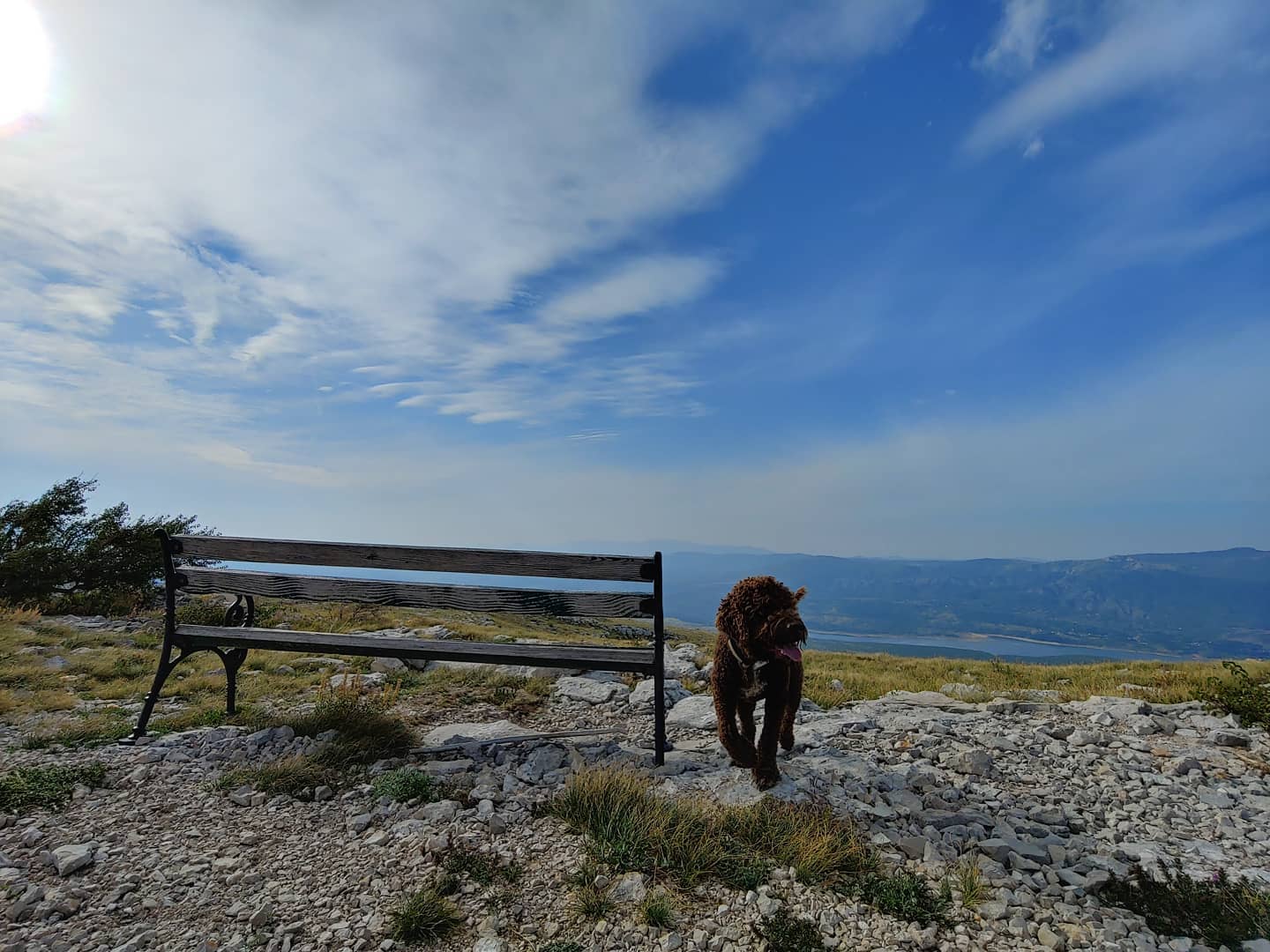
An invitation to go truffle hunting in the forests outside Zagreb a few weeks ago piqued my curiosity. Truffles and Zagreb? Really?!?
Oh, yes, but not only that. It seems that Turopolje truffles (the region which includes Velika Gorica by the airport) have long been an established tradition for those in the know - for years, apparently, these Turopolje truffles have been sent to Istria and sold there. In some cases, they have even made their way back to the restaurants of Zagreb via an Istrian detour.
My day in the forests of Turopolje was indeed an eye-opener, and you can read about it in Move Over Istria: the Rise of Zagreb Truffle Hunt Tourism.
And the Zagreb truffle story went beyond hunting. The truffles are now being served in dishes in an increasing number of local restaurants and they are inspiring new culinary combinations, two of which TCN featured recently - strukli with truffles and truffle pralines. You can learn more about them and follow the Zagreb truffle story here.
And there the story might have ended had I not been made aware of something that had completely escaped me during my 14 years living in Dalmatia - truffle hunting on the edge of Split.
I am reliably informed that the best places for truffle hunting in Dalmatia are Dugopolje and parts of Zagora, but there is zero chance of finding them without those specially trained hunting dogs.
One small local business offers just that - the complete truffle hunting experience, complete with 4x4 transfers to their secret hunting locations. The Najev family are local Dalmatians in love with their heritage, offering a range of tours in inland Dalmatia, which is one of the most beautiful and undiscovered parts of Croatia in my opinion. Exploring the nature of the region is as exhilarating as the tour itself. Depending on the season, the truffle types to be hunted are the black truffle (Tuber aestivum, Tuber brumale, Tuber melanosporum) and the white truffle (Tuber borchi-bianchetto). At the end of the hunt, there is a truffle-themed tasting of local products.
One more authentic experience in Croatia that is not so well-known. Croatia is full of such experiences, and the development of an eco-system supporting and promoting such specialist local tourism will help develop a more diverse and sustainable tourism offer.
You can learn more about Truffle Hunting in Dalmatia on the official Facebook page.
Lastovo is a Hit! Families and Entrepreneurs Want to Live Here
November 16, 2020 – Despite the ongoing coronavirus pandemic, when tourism and business are significantly affected industries, one Croatian island is gaining popularity in both. Lastovo is a hit.
As Slobodna Dalmacija reports, the island of Lastovo is still a corona-free zone, they had a great tourist season this year, and a baby boom. However, as if those were not compelling enough reasons, in the last two months, Lastovo has recorded the interest of several families with children who would like to settle on the island.
And not only families, but on this Dalmatian island, a few hours away from Split by ferry, several entrepreneurs are interested in starting their own business. This story is confirmed to Slobodna Dalmacija by 26-year-old Don Tonći Ante Prizmić whose arrival on the island, in his first parish, coincides with this interesting and unusual phenomenon.
Why do people want to come to Lastovo? Well, the reason is simple. Besides the favorable conditions, the Church on this island continues to lease agricultural land for ten lipas per square meter. The only condition is that you must stay on the island. In the new normal, some see it as a ticket to a better tomorrow.
Because of that, and also because of the church's million square meters of land, the sum of numerous Lastovo fields, and cheap fertile soil – Lastovo is a hit.
"I agree, Lastovo is a hit. And I am so pleasantly surprised that coming to my first parish accompanies me with such good stories," says Don Tonći, continuing with a story about a family from Imotski who first came on vacation on Lastovo, but then fell in love so much that they expressed a desire to move here and engage in agriculture.
"I asked him if he knows how far we are from the mainland and what our ferry lines are. And he said he knows everything, but that they are serious. The only problem is that it is difficult to buy or rent a house on the island due to unresolved property relations. And there are a lot of houses. But they have a solution for that as well. They say they would put a container on the ground first hand. I told them then to come," says don Tonći.
'We wanted to give people a chance'
Other people also called, mostly young families from the area of Kaštela, Split, Dubrovnik, and even from Zagreb. This was followed by several calls from those who would grow lavender, essential plants, produce oils, and open a healthy pharmacy on church land.
Don Tonći opened the door to everyone, happy that on the island from which the youth must move to the mainland to continue their education, the new youth wants to settle. Lastovo, with its 46 green islands and 46 fields, has many church plots where a lot can be grown.
"We are happy that people are calling us and want to come. The price is not commercial because we wanted to allow people to cultivate the land. It began with the blessing of the bishop, and as we now await the new one, we will acquaint him right away with this noble idea. We have vineyards, pastures, fields, forests, all in different sizes. The problem is that they are not in one plot. Some land plots are 20, 50 meters, and more apart. But it is always possible to arrange a lease with one of the owners so that consolidation can be done. This island is beautiful. The truth is, we are a little further from the mainland. To get to Split, you have to get up at three in the morning to catch the ferry. But it has its charms," Don Tonći considers.
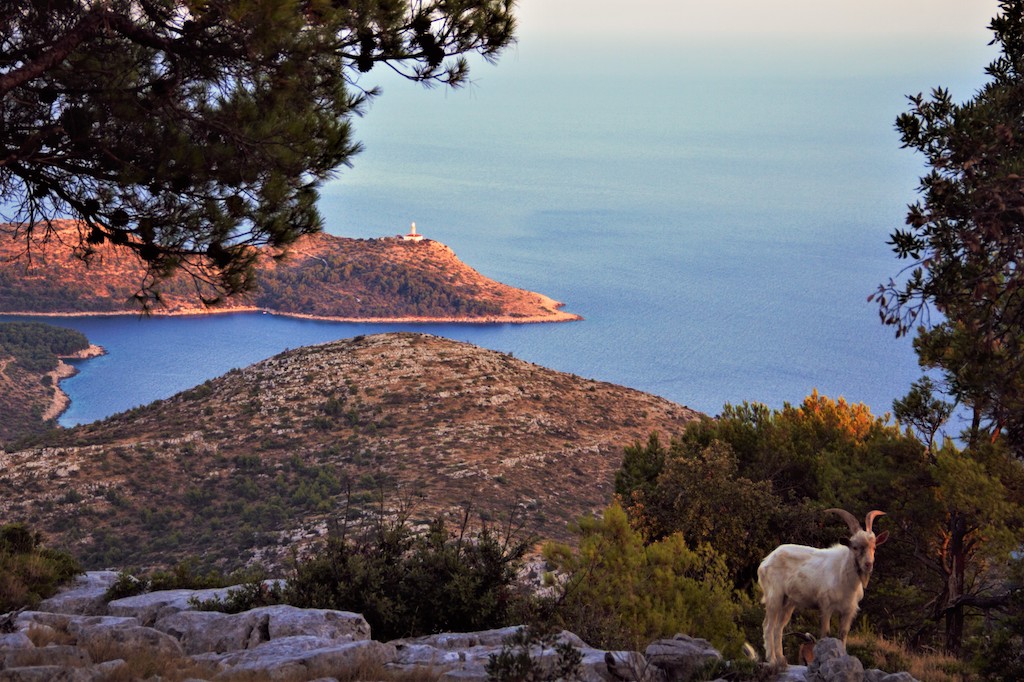
The island of Lastovo / Sara Alduk
Don Tonći is a native of Dubrovnik, and on all of the island, as he jokingly likes to say, he is the only spiritual authority. When he got his first parish, St. Kuzma and Damjan on Lastovo, at first it was a small shock, but he adjusted very quickly. He says that the local people are very open, noble, atypical islanders. They are so strongly attached to each other that an island of 760 inhabitants seems like one big family caring for its members.
"And that's why the interest of those who would like to come here surprised me so pleasantly. I openly showed them what we have – plots of a few hundred to a few thousand square feet, vineyards just waiting for hardworking hands. There are no problems with irrigation either because the dew and nature here do the work themselves. There is a lot of lands, and the locals from Lastovo also rent it. The soil is fertile, soft, well, and gives excellent fruit. We offer you a welcome, so come," says Don Tonći.
Lastovo Statute
Don Stipe Miloš, a former Lastovo priest, explained to Slobodna Dalmacija where the Church got so much land from.
The church land is connected to the Lastovo Statute from the 14th century, according to which each family was obliged to give one-tenth of its annual income to the parish. A third of it went for the needs of the parish, another third as a salary for the pastor. And the third was used for the education of priests. In the 700 years that the Statute has been respected, a lot of lands have accumulated, but also the Lastovo youth has been ordained. And a good part of the estate came through the foundations of fraternities such as Our Lady of the Rosary, the fraternity of St. Anthony, and the fraternity of St. Peter.
To read more about lifestyle in Croatia, follow TCN's dedicated page.
To the Fields! Dalmatians Answer the Call of the Olive Harvest
November 2, 2020 - It is early November, and Dalmatians are answering the call, wherever they are - back to their roots for the olive harvest.
About ten years ago, I went to Zagreb to do a presentation to the board of directors of one of the big Koncar companies on the subject of compressed air leakage management (yes, really). The director was a man originally from Jelsa on Hvar, where I was living at the time, and in the small chat before the meeting started, there was inevitably a little discussion about life on the island.
It was late October, and he informed me that he would be returning to Jelsa the following week to take care of his fields, for this was the season of the olive harvest.
His colleagues teased him about his island ways, but there was a bond between us. Islanders in the big city, but ones who were quick to drop whatever they were doing in their posh city jobs when the call of the olives came around each year.
I saw the director on the main square in Jelsa the following week. His Zagreb suit had been swapped for Hvar olive harvest overalls. He smiled and waved.
The bond was strengthened.

It took me a long time to understand the cultural and psychological importance of the olive harvest to local people from my foreign viewpoint - years in fact. And yet now I feel sad that I am not answering the call of the olives this year, as I definitely feel it.
When I first became part of a Dalmatian family some 17 years ago, I really didn't get the obsession with olive oil. It was on EVERYTHING. As an uncultured Manchester boy, olive oil was not something that entered my dinner plate on a regular basis, and if I had consumed more than half a litre of olive oil during the 33 years of my life before Croatia, I would be surprised. But these guys put olive oil liberally on every meal.
As with most families on Hvar, my in-laws had their own olive grove, some 80 trees in all. In a good year, this was enough to produce over 200 litres of Dalmatian liquid gold - more than enough for the needs of the household, even with its liberal use. It didn't take long for me to get hooked on the Mediterranean Diet, especially with the delicious fare served up by my wife and punica, and olive oil was now an essential part of my life.
The only problem with having your own family olive oil...
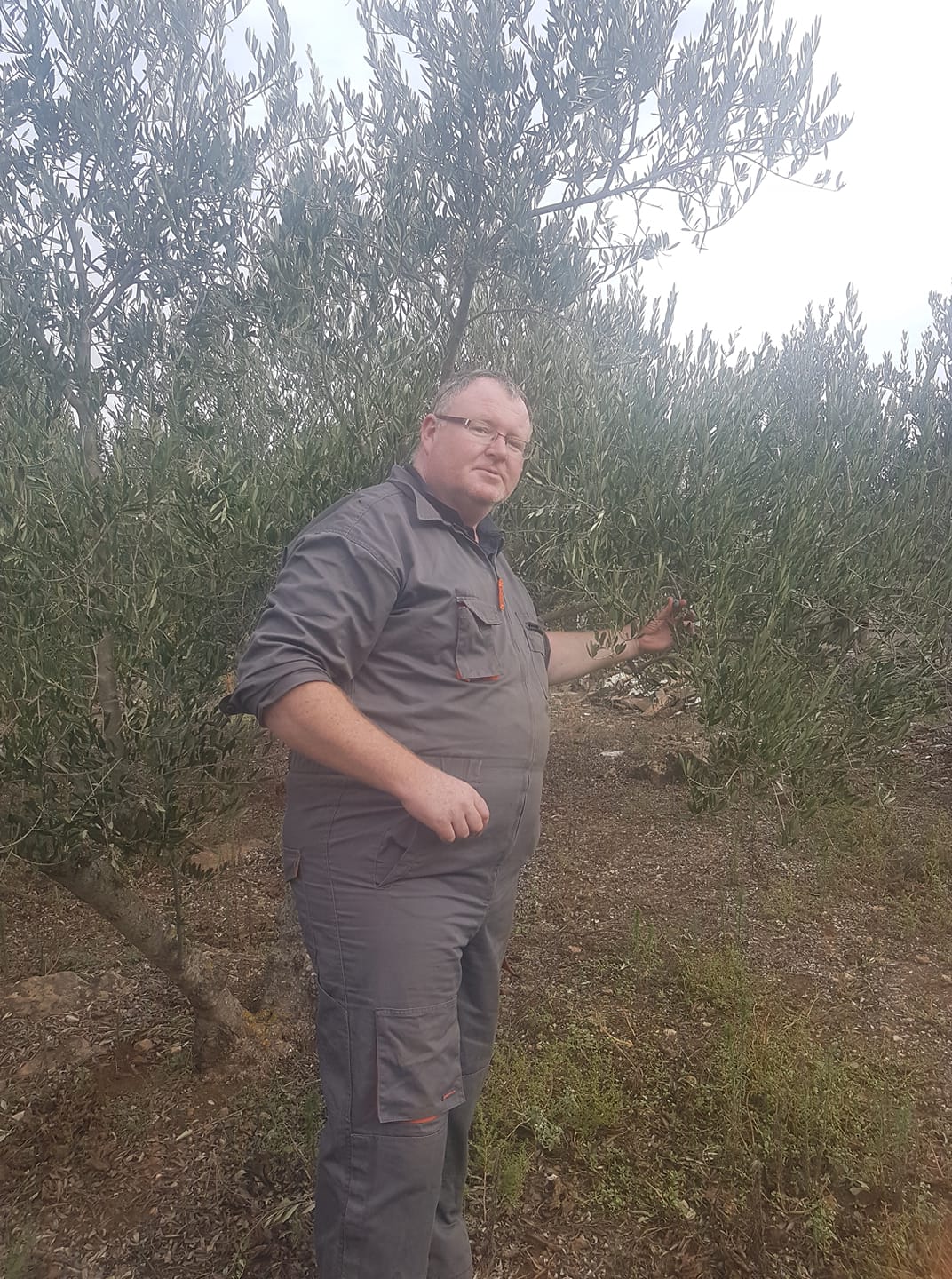
... is that someone has to pick the olives.
For years, I hated it, and I railed against the economics of it all. It would take X people to work Y days to come up with Z litres of oil. Add in the costs of the daily feast for the workers (of which more below), and surely it would be more economical to just buy the stuff from someone else.
The olive harvest was a major operation within the family, and one which I tried to avoid due to work for several years.
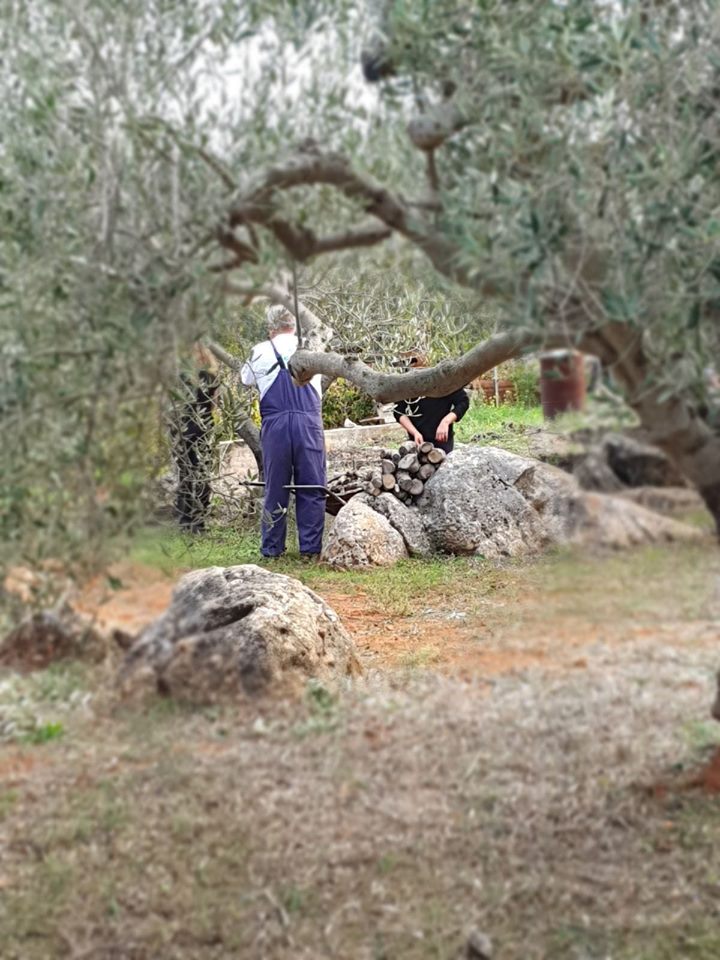
But I gradually began to understand that the olive harvest is far more than the oil produced at the end of the picking. It is an essential part of the Dalmatian way of life, and one which has changed little - if at all - in hundreds and even thousands of years.
No modern gadgets here, no time pressures, and nothing but relaxing nature, and the constant picking, picking, picking.
Extended family return to help out - either from the mainland or the island itself. Friendships that have been put on hold due to the busy tourist season are rekindled. It is an extremely social event.
If you want it to be. Or, if you was a complete detox from people and the pressures of modern life, choose a tree on your own in another part of the field. There is no hard and fast rule for olive picking - people do it at their own pace and in their own way.
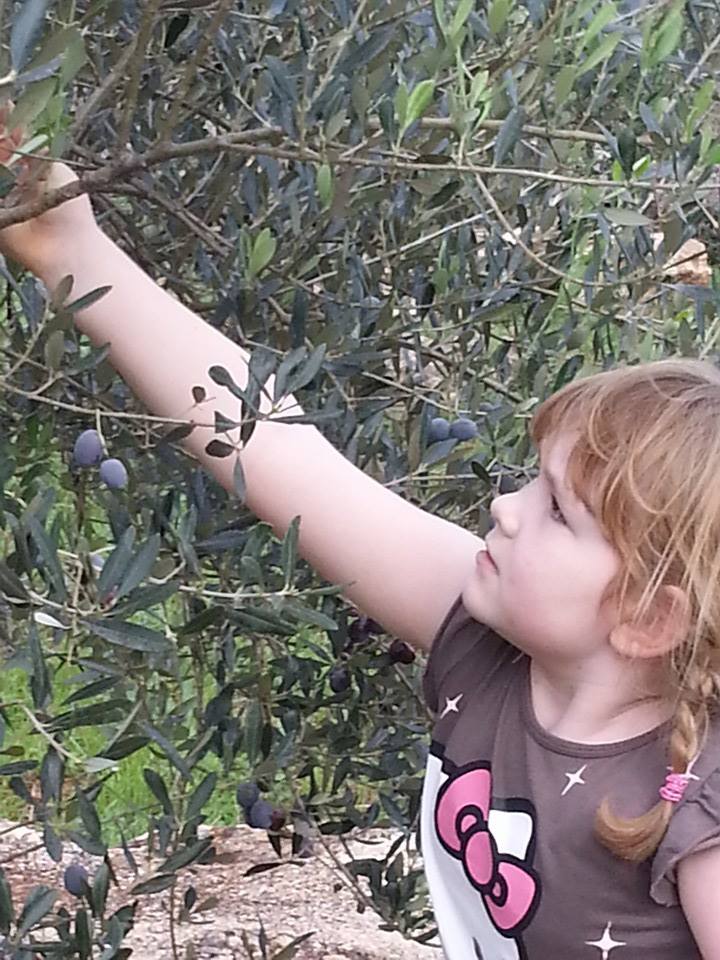
Growing up in Manchester, my connection with nature and the land was tenuous, and my fruit and vegetables grew in supermarkets. One of the things I loved about bringing up young children on a beautiful Dalmatian island was that early bond with nature. And nowhere was the bond stronger than helping out in Grandad's field...
The olive harvest is above all a family event which brings together different generations of the same family in a very relaxed setting.
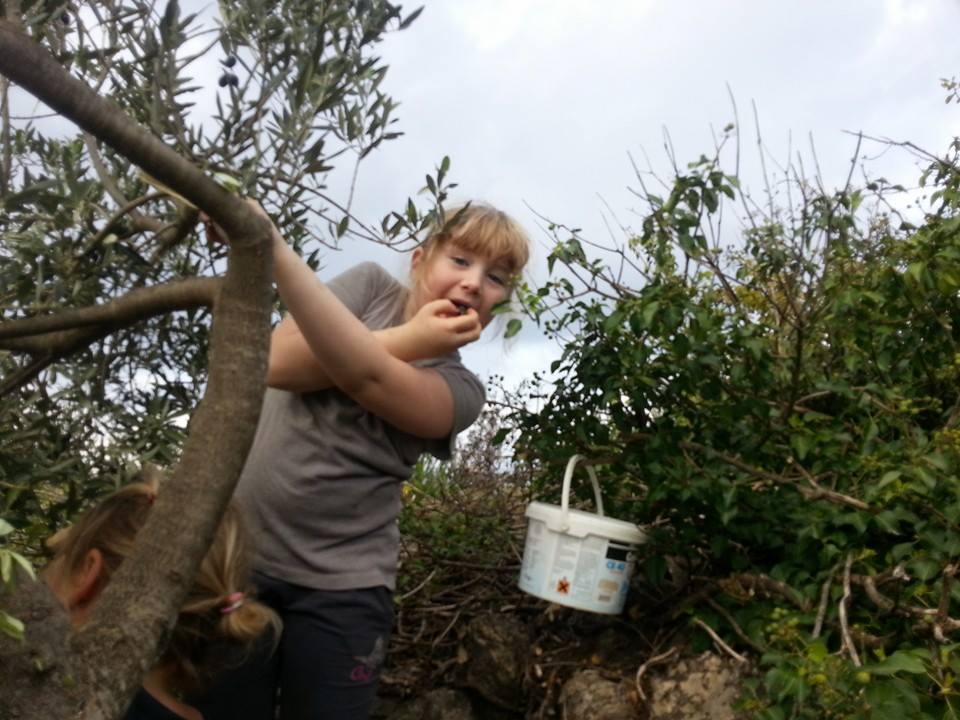
And there are plenty of opportunities for the little ones to play and explore while contributing to the olive harvest. Tree climbing is always fun, and the lighter and more nimble members of the team are always preferred to get to those harder-to-reach olives.
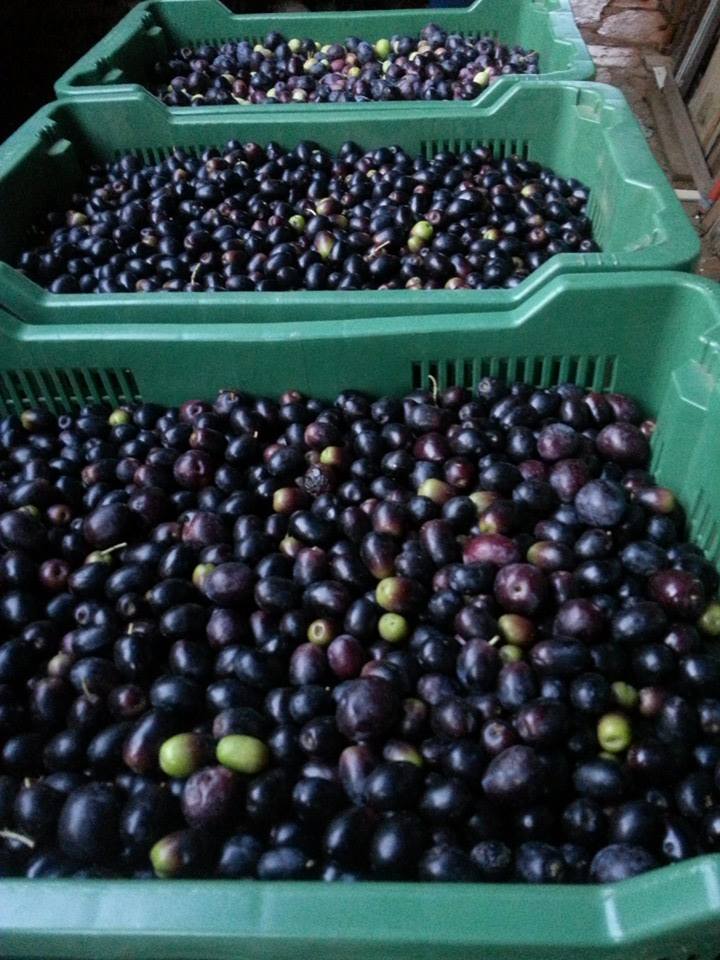
Depending on a number of factors, including the weather and number of pickers, the harvest for our family will take anything from three to eight days.
The precious olives are collected in containers.
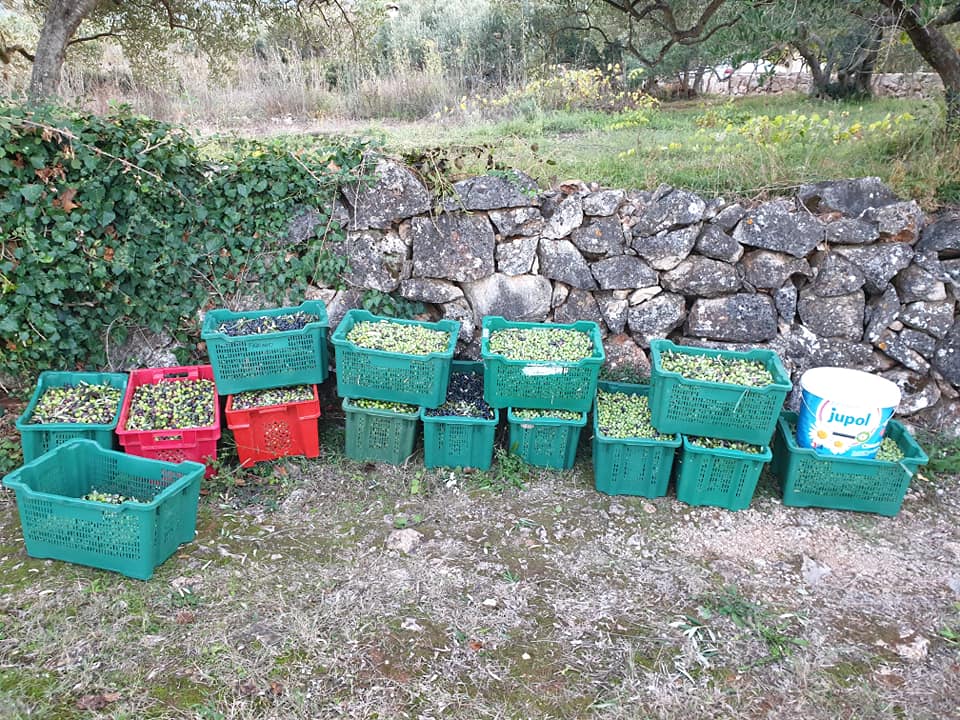
At the end of each day, they are taken off to the olive mill close by and pressed.
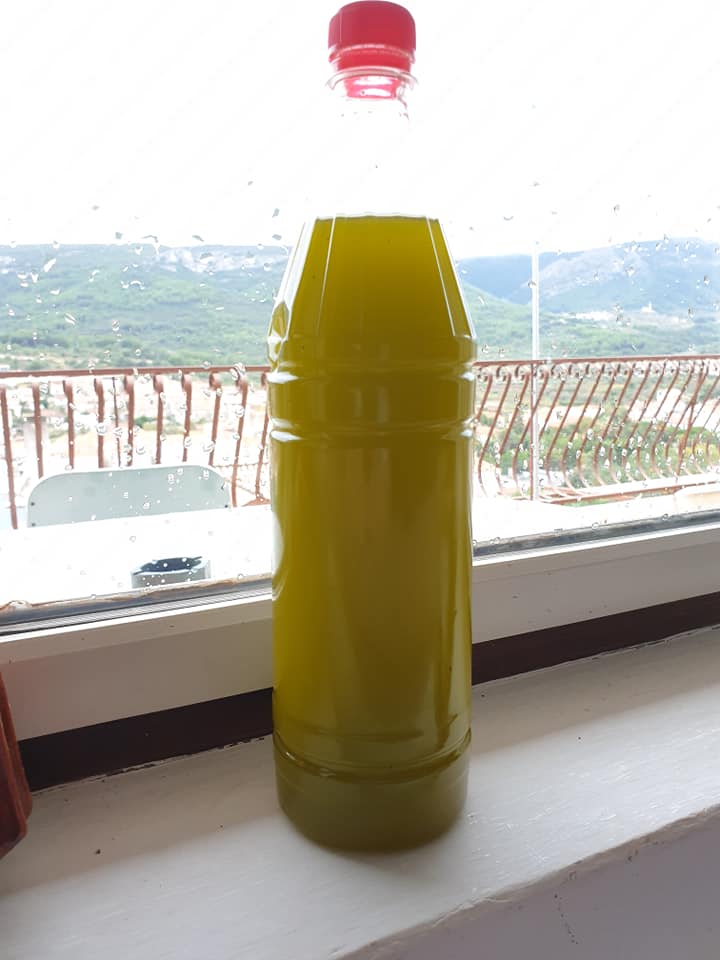
And one of the rewards for all the hard work will be several litres of this nectar, hopefully enough to service our annual needs back home in Varazdin.
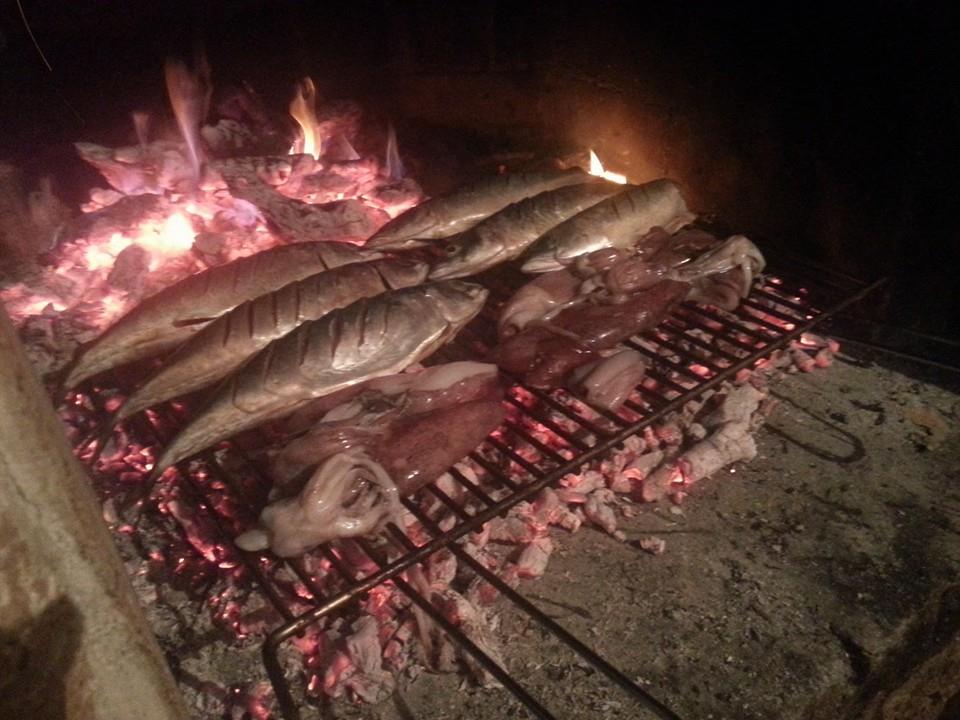
And one of the other rewards - and a definite highlight - is the daily grill for the workers in the cabin the field. Grilled meat or fish, salad from the field, the family rakija and wine, and plenty of the family olive oil of course.
Dalmatia at its very finest.
For the first time in several years, I will not be at the olive harvest this year. School and work commitments took care of that. I am a little sad, as I still feel the bond with my Koncar director, and I definitely feel the calling.
But then I started to smile inside, as I took my wife to Varazdin Bus Station for the early bus to Zagreb. There, she would meet her sister and older brother, who were both taking time off from their corporate jobs, and they would drive to the island together. Her other brother is already on the island, and the four siblings will be reunited with their parents but without the kids or spouses, for a few days in the field, some 25 years after finishing school and moving on with their lives.
I can't imagine a similar example of something like this in the UK, and I think it is brilliant. One more example, perhaps, of why the sense of community and family is so strong in Croatia.
Next year, I will be there.
For the latest travel info, bookmark our main travel info article, which is updated daily.
Read the Croatian Travel Update in your language - now available in 24 languages.
Join the Total Croatia Travel INFO Viber community.


